I Basically Fried My Face, So You Don’t Have To: A Real-Talk Guide to Peeling Solutions
Let’s get one thing straight. I am a skincare obsessive. A proud, card-carrying ingredient geek. So when I first heard about at-home peeling solution products, I thought I’d hit the jackpot. The promise of glowing skin, smoother texture, and fading my stubborn acne scars? Sign me up.
So I did what any over-eager rookie does: I bought the strongest, scariest-looking chemical peel I could find online. It was a dark red solution packed with alpha hydroxy acids (AHAs) and beta hydroxy acids (BHAs). I thought, "More must be better."
I slathered it on my face. And for the first minute, I felt like a skincare god. Then came minute two.
It wasn't a tingle. It was a burning. A hot, prickly, "get-this-off-me-NOW" burning. I frantically tried to rinse it off with lukewarm water, but the damage was done. My face was bright red, like a tomato in July. For the next week, my skin was tight, flaky, and angry. I had completely compromised skin. I couldn't even put on moisturizer without wincing.
I’d fried my moisture barrier. All in the quest for "perfect" skin, I had destroyed my healthy skin.
It took me a few weeks to nurse my face back to health (shout out to barrier creams and, yes, a tub of petroleum jelly for slugging). But I learned the most valuable lesson in my skincare journey: Exfoliation is a tool, not a weapon.
And that’s why we need to talk. Because the world of peeling solution for face products is confusing. It’s full of jargon and scary percentages. But I’m here to be your guide—the friend who already made the mistake so you don't have to. We're going to break down what these things are, who they're for, and how to use them without ending up looking like a cooked lobster.

Part 1: What Are We Even Talking About?
When you hear "peeling solution," you’re probably imagining a post-procedure face flaking off in sheets. For some intense, in-office procedures, sure. But for at-home products, it’s much simpler.
A peeling solution for face is just a product designed to remove dead skin cells from the top layers of your epidermis (the fancy word for your outermost skin).
Why bother? Because those dead skin cells are lazy. They hang around, clog up your pores, and make your complexion look dull and rough. They get in the way of your other expensive skincare products, preventing them from absorbing properly.
By clearing them out, you:
-
Improve skin texture (so long, bumpy-wumpy skin!)
-
Help fade dark spots and hyperpigmentation.
-
Brighten your overall skin tone.
-
Allow your serums and moisturizers to actually work.
-
Help to unclog pores and, over time, reduce acne and blemishes.
But here's the key: there are two main ways to get this job done. And this is where everyone gets confused.
Part 2: The "Big Guns" — Chemical Peels (AHAs & BHAs)
This is what I accidentally nuked my face with. These are the "liquid exfoliants." They use active ingredients—specifically acids—to dissolve the "glue" holding your dead skin cells together, allowing them to shed.
They’re incredibly effective, but you have to respect them. Think of them as the "Level 10" bosses of exfoliation.
The AHA Family: The "Surface Smoothers"
Alpha Hydroxy Acids (AHAs) are water-soluble. They work on the surface of your skin. They are amazing for surface-level problems like rough texture, uneven skin tone, and fine lines.
-
Glycolic Acid: This is the most famous alpha hydroxy acid, often derived from sugar cane. It has the smallest molecule size, meaning it penetrates deep and fast. It’s a powerhouse for tackling sun damage and the appearance of wrinkles. It’s also the one most likely to cause irritation if you’re not careful.
-
Lactic Acid: This is Glycolic’s gentler, more hydrating sister. It has a larger molecule, so it works more on the surface and is less irritating. It’s fantastic for dry skin and sensitive skin types who still want that brighter glow.
-
Other Gentle Friends: You might also see Lactobionic Acid (a PHA, which is an even gentler cousin of AHAs) or acids derived from sugar maple (which contains malic and tartaric acids). These are great in gentle blends. (A quick warning: some products use Citrus Limon (lemon) extract. I’d be careful—it can be highly irritating and make you extra sensitive to the sun.)
The BHA Family: The "Pore Digger"
There’s really only one BHA you need to know:
-
Salicylic Acid: This is the beta hydroxy acid. Unlike AHAs, it’s oil-soluble. This is its superpower. It doesn’t just work on the surface; it can dive deep into your pores (which are lined with oil) to clear pores from the inside out. This makes salicylic acid the holy grail for anyone with oily, acne-prone skin. It’s brilliant at dissolving clogs and calming inflammation.
The Verdict: These chemical peel solutions are no joke. They are superficial peels, but they are strong. They are not meant to be used every day. We’ll get to that.

Part 3: The "Gentle Touch" — Gommage & Peeling Gels
Now, what if you read my horror story and thought, "Absolutely not, I’m out"? What if you have really sensitive skin? What if the idea of putting "acid" on your face just gives you the shivers?
I see you. And for a long time, I thought the only alternative was a harsh, grainy scrub (which can be just as bad, creating micro-tears in the skin).
But there’s a third, much gentler, category: the gommage, or "peeling gel."
This is a totally different approach. Instead of using acids to dissolve the bonds, these are (usually) non-abrasive gels. Here's the magic:
-
You apply evenly a small amount to a clean, dry face.
-
You wait a minute, then start gently massaging in circles.
-
The gel "pills up" into little satisfying balls, lifting the very top layer of dead skin and debris with it.
-
You rinse it away, and... voilà. Instantly smoother skin, with zero redness or irritation.
It’s a form of physical exfoliation, but it's smart and gentle.
This is honestly the approach we’ve taken at Ning Dermologie. After my own barrier-destroying disaster, I became obsessed with creating products that gave you the results of a peel without the risk. Our philosophy is "barrier-first." You can't have beautiful skin if your skin is stressed out.
That's why I'm genuinely so proud of our Ning Dermologie Purifying Exfoliating Face Wash. It’s a "peeling gel" that gives you that immediate "wow" feeling. It’s designed to be the perfect first step. It doesn't rely on harsh glycolic acid or salicylic acid. Instead, it uses this gommage action to lift what’s ready to go, and only what’s ready to go.
We formulated it to be the ultimate buffer for a healthy skincare routine. It’s packed with hydrating agents like Hyaluronic Acid and its powerhouse cousin, Sodium Hyaluronate Crosspolymer, to pull moisture into the skin while you exfoliate. It’s the perfect solution for people who want to exfoliate once a week or twice a week without playing Russian Roulette with their skin barrier. It’s suitable for all skin types, even sensitive ones.
Part 4: The Universal "How-To" Guide (For Whatever You Choose)
Okay, so you’ve picked your player: the high-octane chemical peel or the gentle gommage gel. Now, let’s talk rules. These are non-negotiable, okay? Pinky swear.
RULE #1: The Patch Test. ALWAYS. I don’t care how gentle the product claims to be. I don't care if your favorite influencer bathes in it. You. Must. Patch Test.
-
How: Apply a small amount to a discreet area (behind your ear, on your inner arm, or a small spot on your jawline). Wait 24-48 hours.
-
What to look for: Any irritation, redness, itching, or burning. If irritation occurs, do not put that product on your face.
RULE #2: Prep Your Canvas. Start with a clean face. Wash with a gentle cleanser and lukewarm water (hot water is a barrier-stripper!). Pat your face dry. For gommage gels, your face must be a completely dry face for the product to work. For chemical solutions, applying to a dry face makes them more potent (and potentially more irritating).
RULE #3: Apply With Care. Use a small amount. Apply evenly across your face.
-
CRITICAL: Avoid the immediate eye area (that skin is too thin) and your lips. I’d also avoid your neck at first, as it’s often more sensitive than your face.
RULE #4: Watch the Clock (and Your Skin).
-
For Gommage Gels: You’ll massage for 30-60 seconds until the pilling stops, then rinse.
-
For Chemical Peels: READ THE INSTRUCTIONS. Most are 5-10 minutes max. Do not "guess." Set a timer. If it starts burning (not just tingling), rinse it off immediately. Don't be a hero.
RULE #5: The Frequency Limit. This is the big one. Do not get addicted to the "smooth" feeling. Over-exfoliation is the #1 enemy.
-
Start with ONCE A WEEK. Period.
-
See how your skin feels over the next few weeks. Is it happy? Calm?
-
Maybe, if you have robust, oily skin, you can slowly move up to twice a week.
-
I, personally, almost never exfoliate more than that. Listen to your skin's sensitivity.
RULE #6: The Aftermath (THE MOST IMPORTANT). After you rinse, your skin is baby-new and vulnerable.
-
Hydrate: Follow up immediately with gentle, hydrating, soothing skincare products. Think Hyaluronic Acid, ceramides, cica.
-
SUNSCREEN: I’m begging you. The next day (and every day), you must wear sunscreen. Using a peeling solution makes your skin highly sensitive to sun exposure and sun damage. Using a peel and not using sunscreen is like buying a new suede jacket and walking out into a rainstorm. You are asking for dark spots and hyperpigmentation.
Part 5: An Ingredient Geek’s Bonus Notes
While you’re scanning ingredient lists, you might see some weird stuff. Don't panic.
-
Xanthan Gum: You’ll see this in a lot of gels, including peeling gels. It's not a scary active ingredient. It’s just a thickener and stabilizer that gives the product its jelly-like skin texture.
-
Sodium Hydroxide: Sounds terrifying, right? It’s lye. But in cosmetics, it’s used in tiny, tiny amounts as a pH adjuster to make sure the solution isn't too acidic (or too alkaline). It’s in everything. It’s fine.
-
Petroleum Jelly: No, this won't be in your peeling solution. But as I mentioned, it’s your best friend. Pro tip: Before you apply a strong chemical peel, put a thin layer of petroleum jelly on sensitive areas you want to protect, like the corners of your nose, your lips, and around your eyes.

Conclusion: Your Skin, Your Rules (But Be Nice to It)
Look, the path to glowing skin is paved with... a lot of dead skin cells. Getting them out of the way is the key to unlocking that brighter, smoother complexion and improving your skin texture.
But my disastrous experience taught me that how you do it matters more than if you do it.
You don’t have to burn your face off to get results. You can be smart. You can be gentle. You can choose a product that respects your skin barrier, whether that’s a low-dose lactic acid you use once a week or a satisfying, safe gommage like the Ning Dermologie Purifying Exfoliating Face Wash.
Whatever you choose, just promise me you’ll start slow, do a patch test, and for the love of all things holy, wear sunscreen.



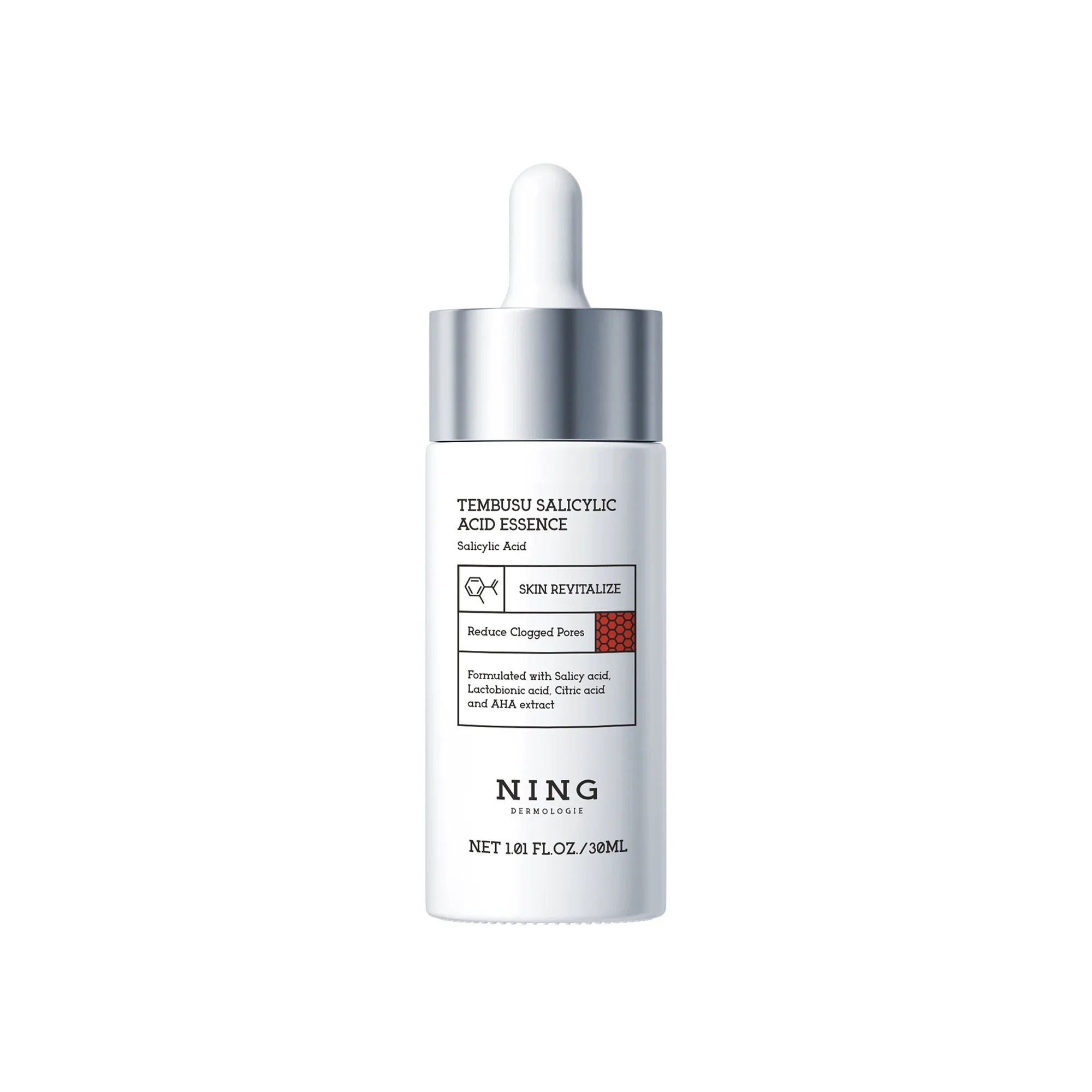
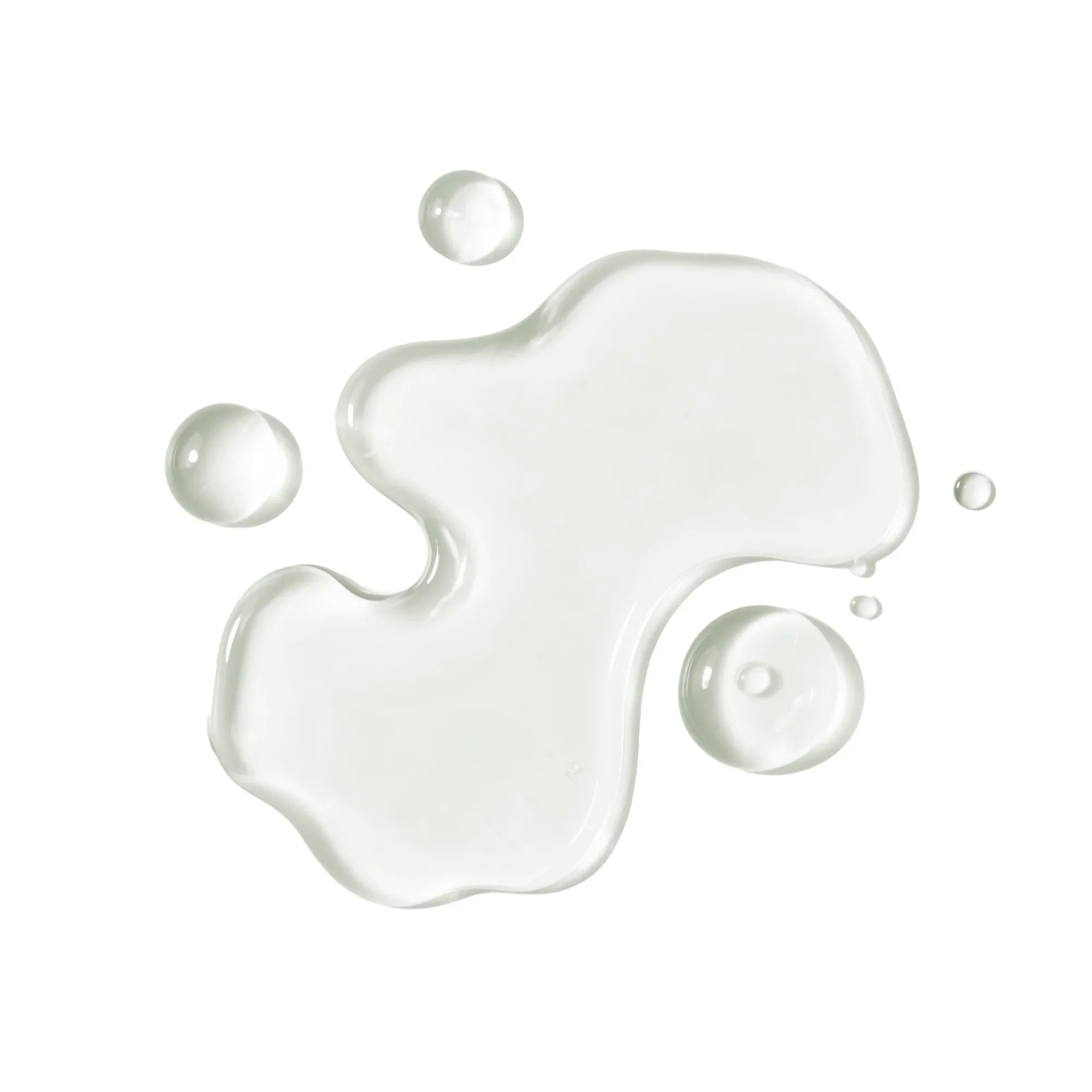
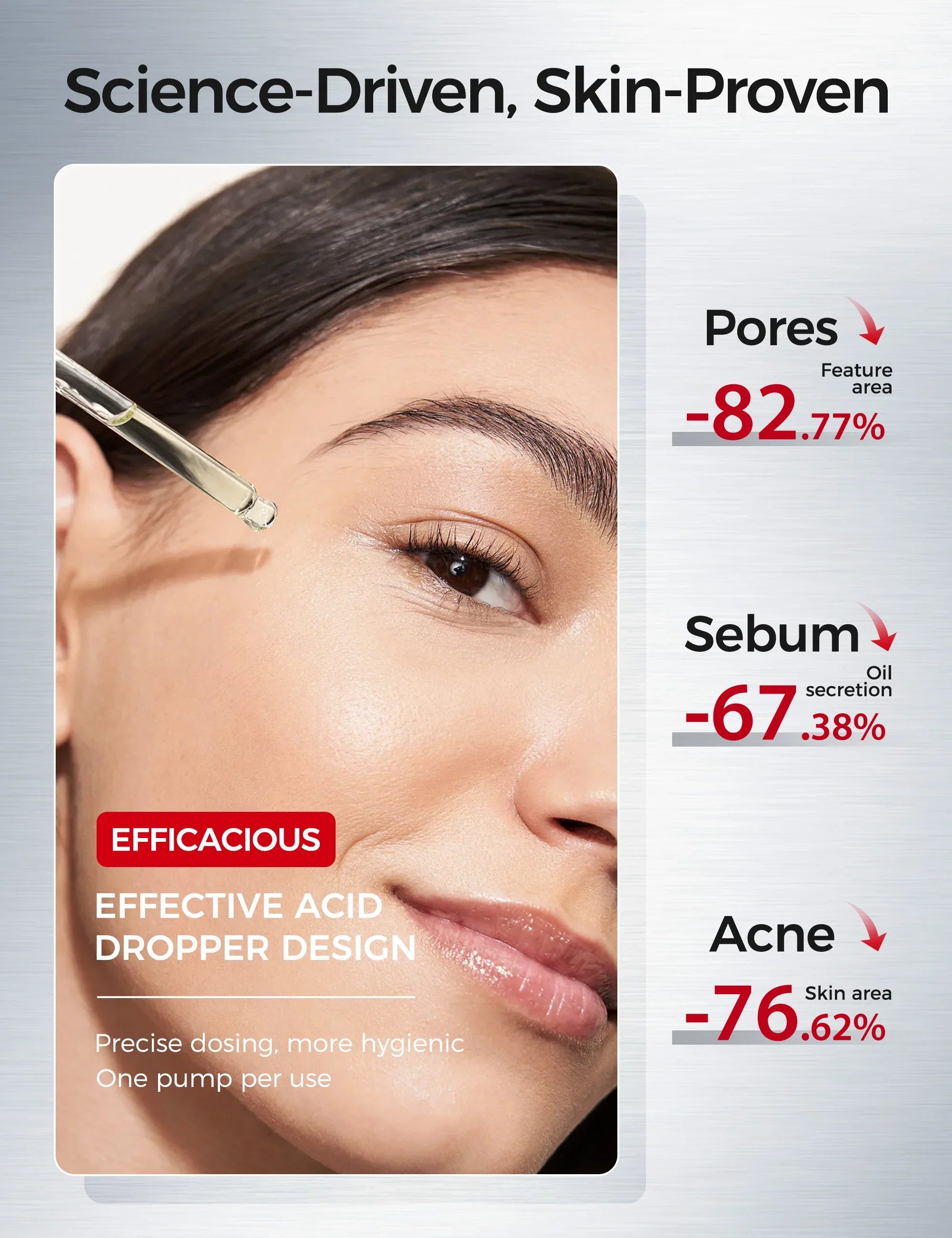
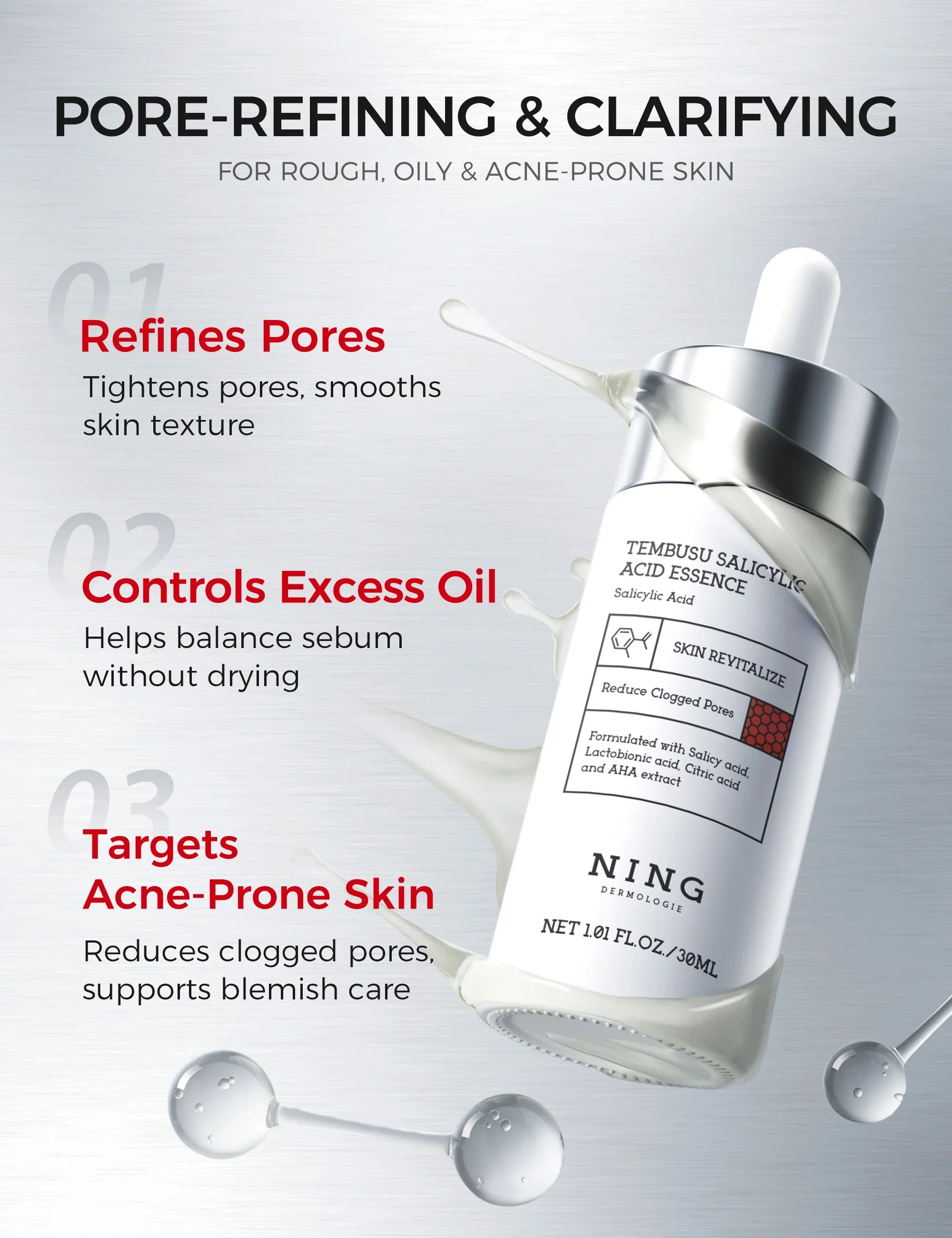
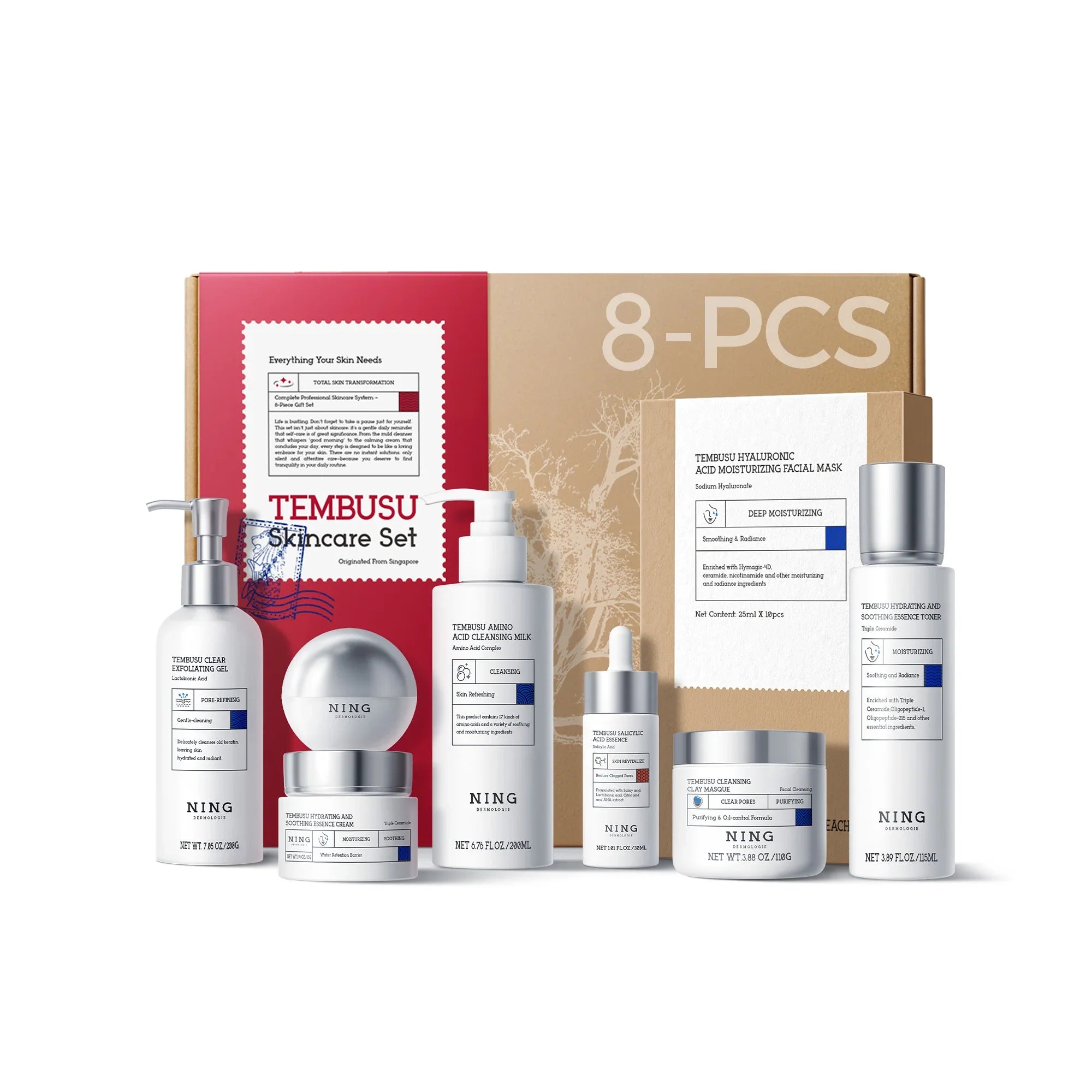

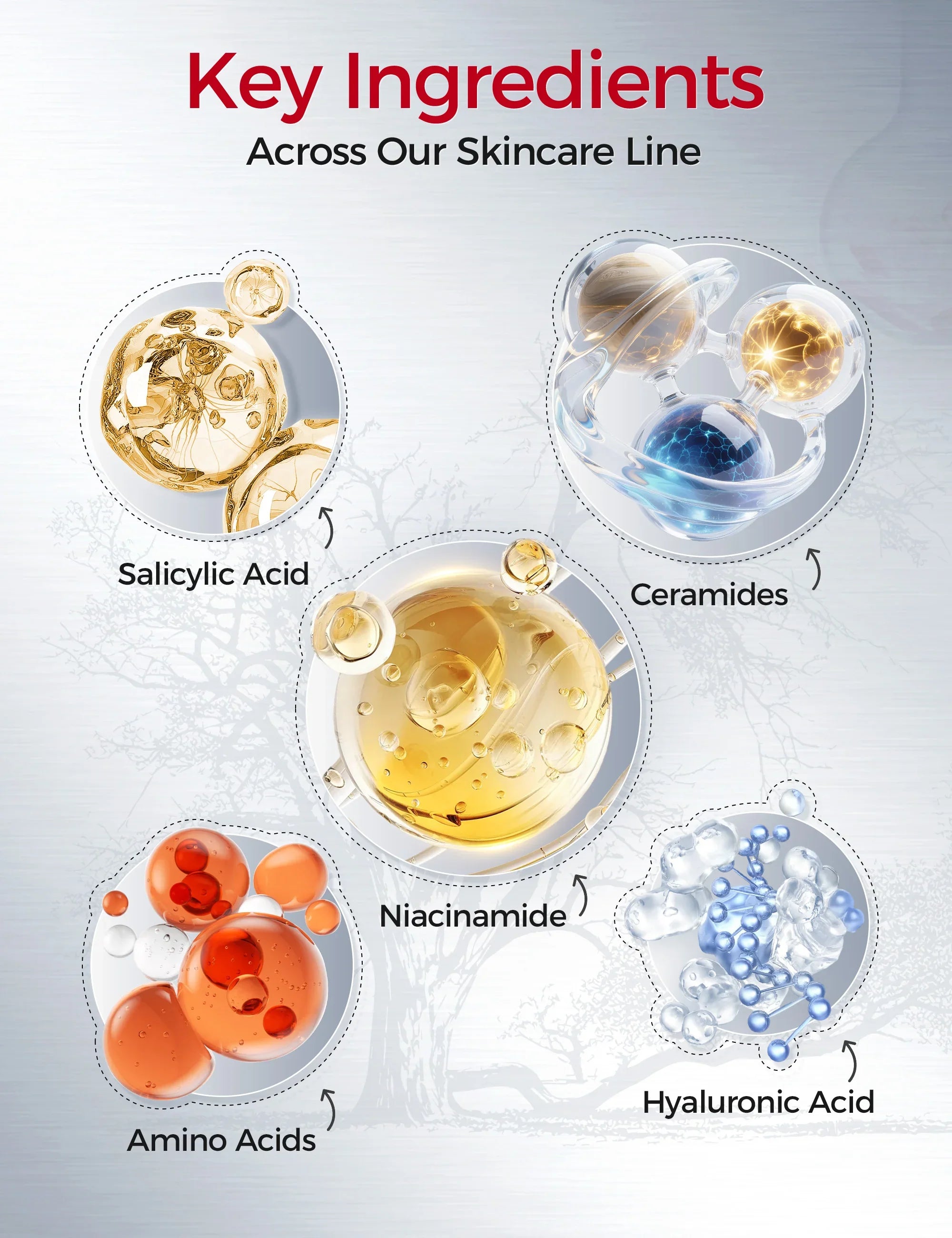
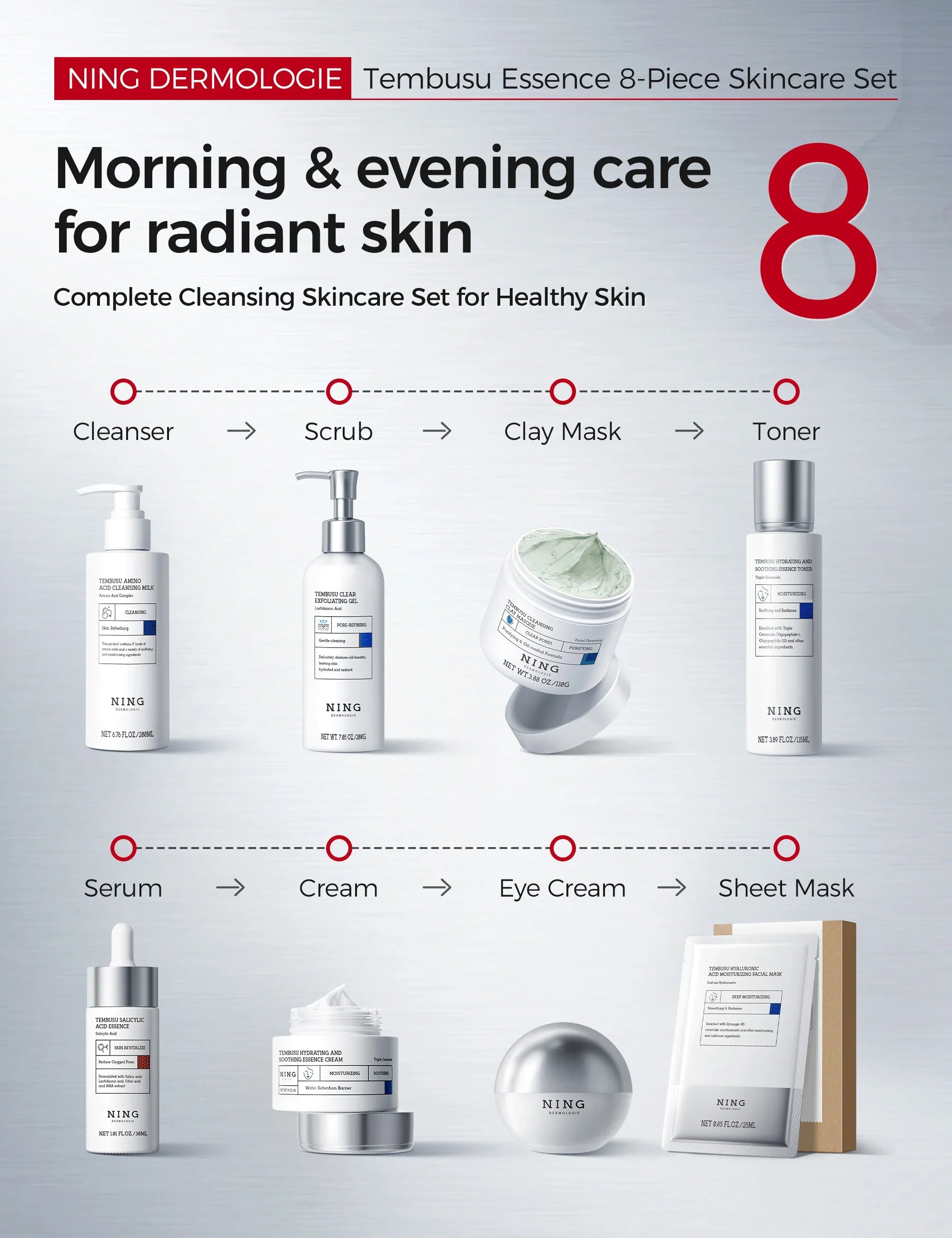
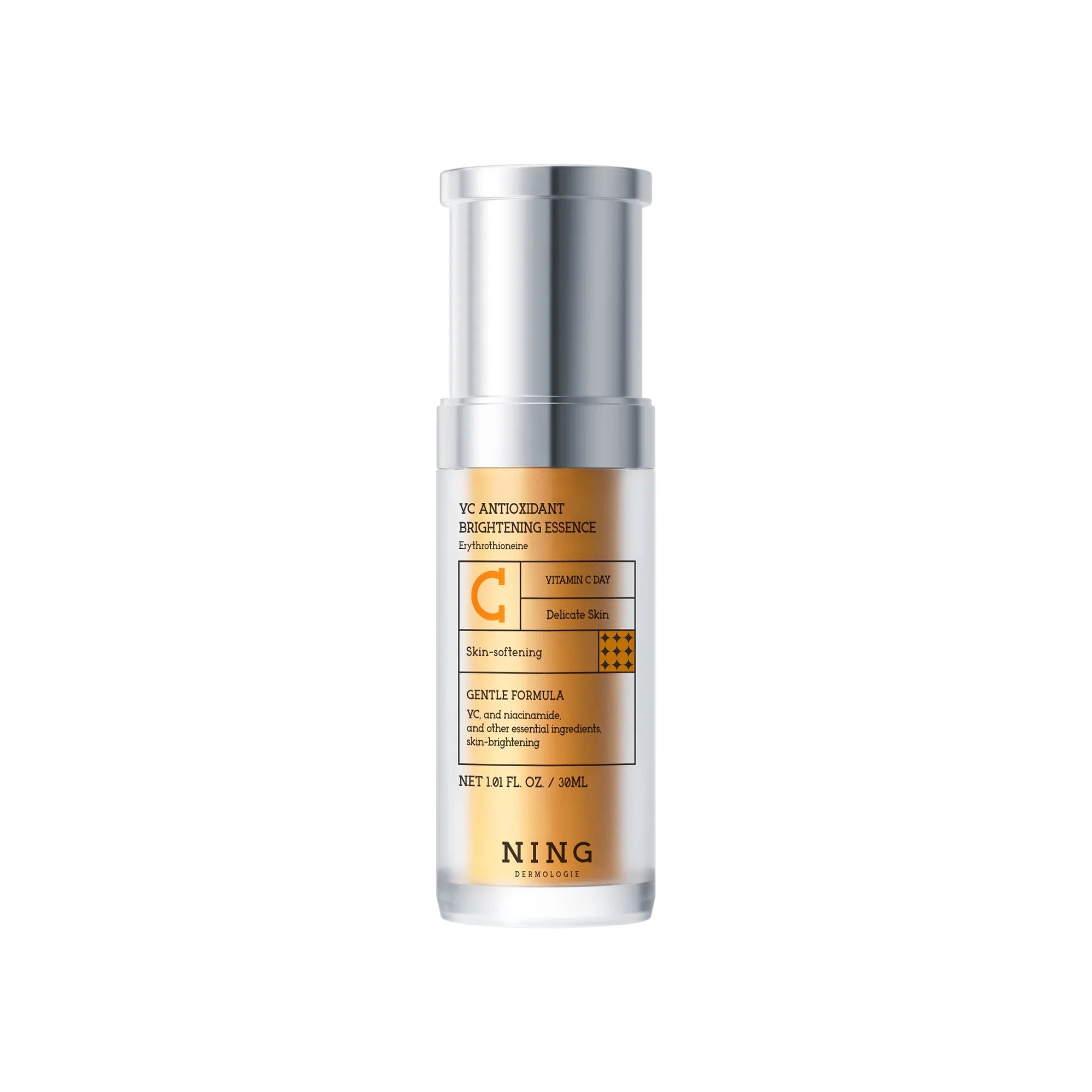
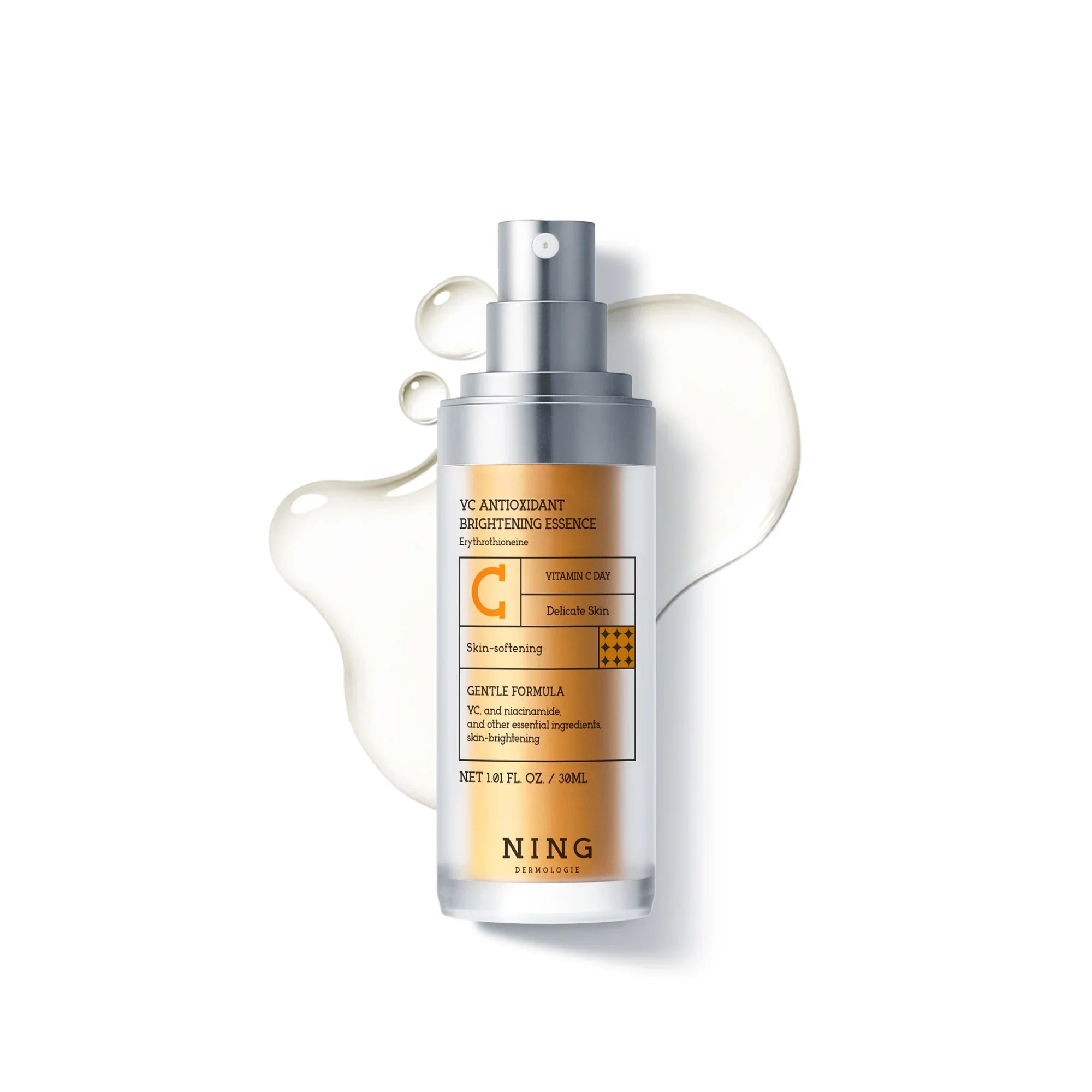
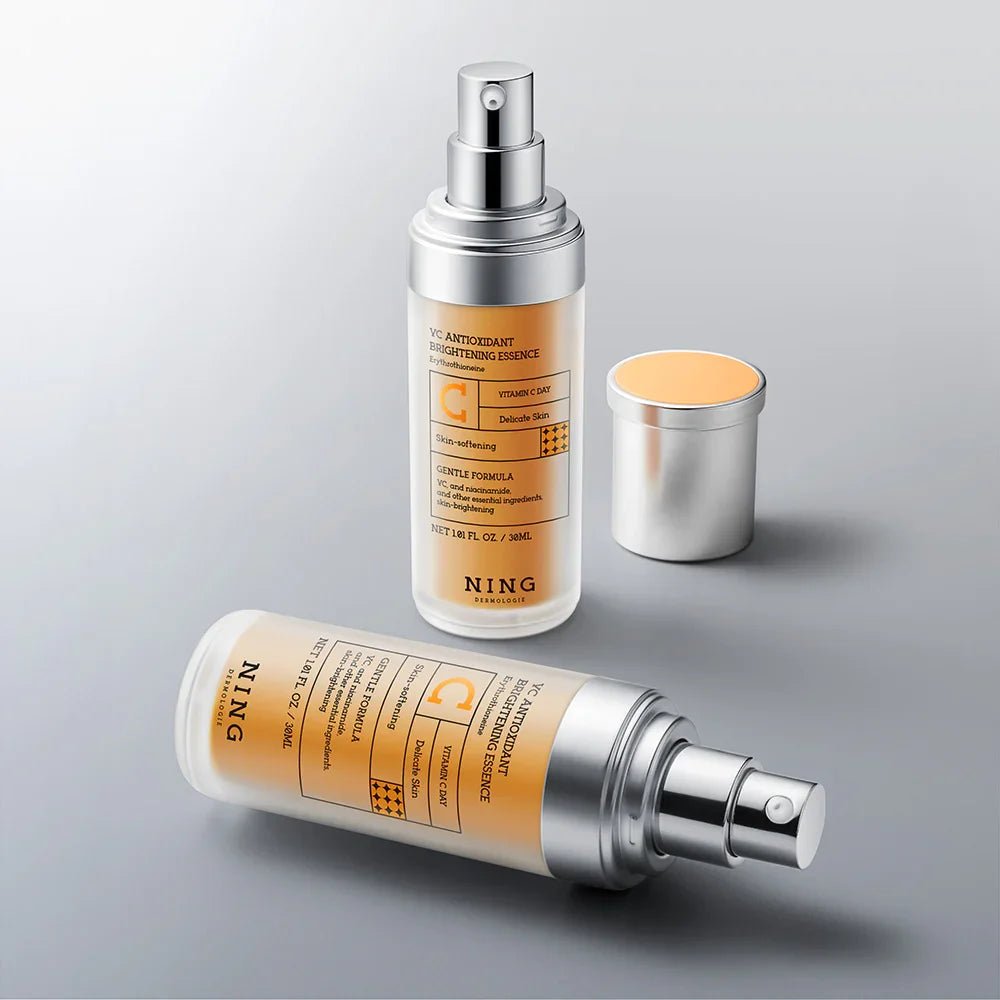
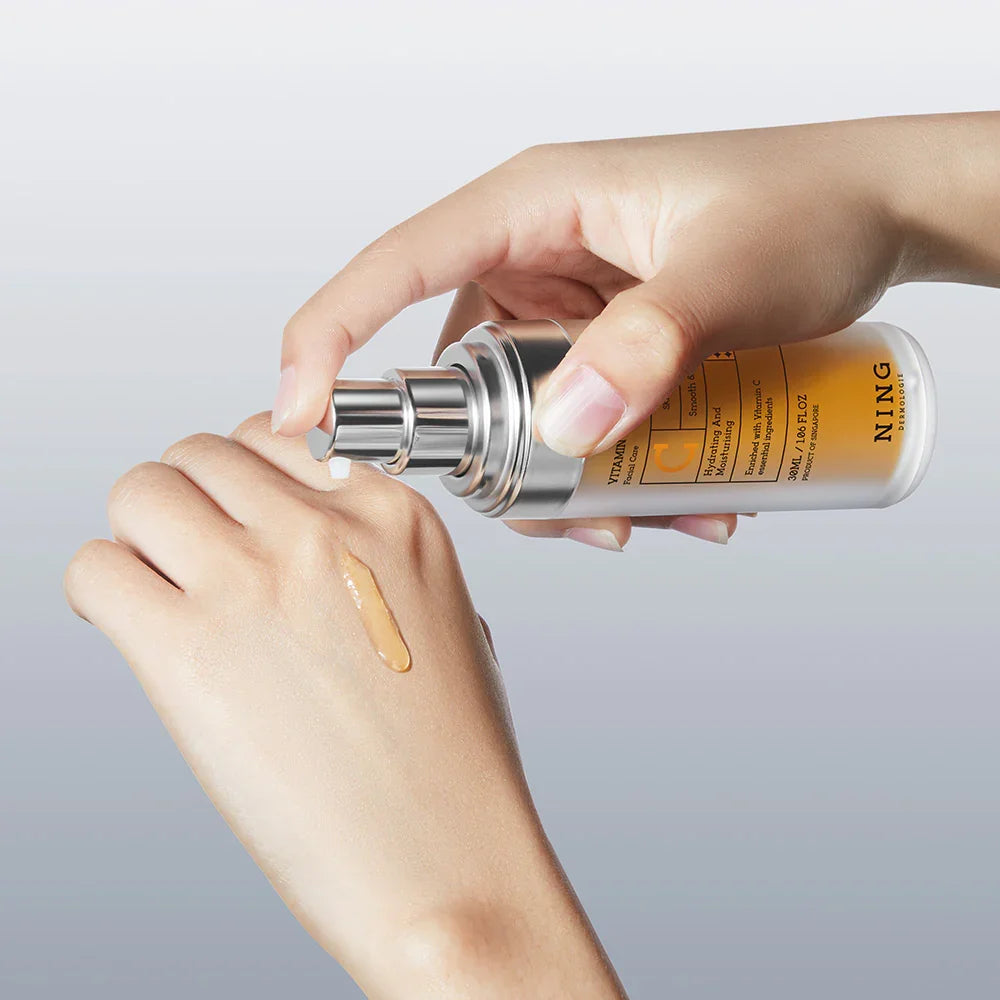

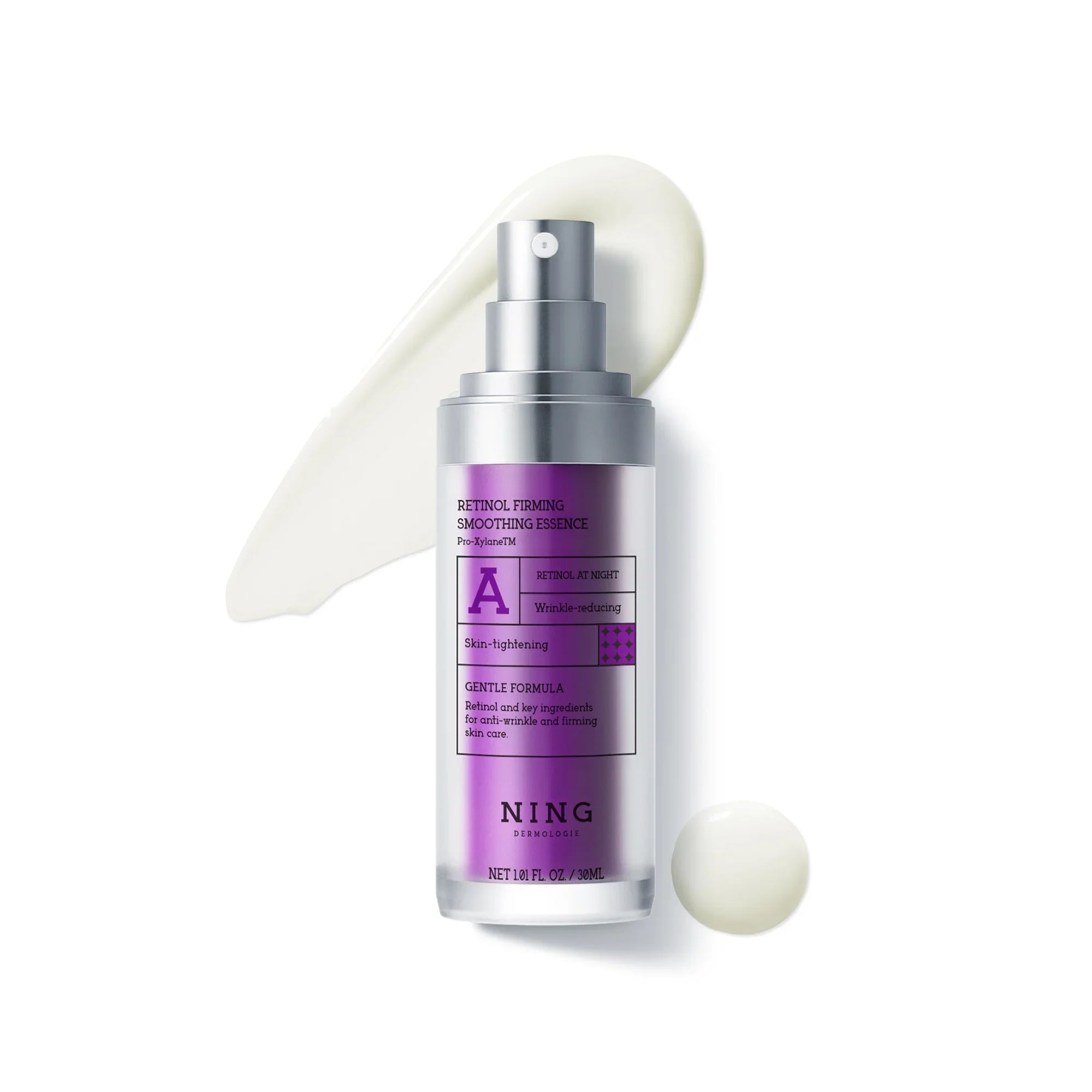

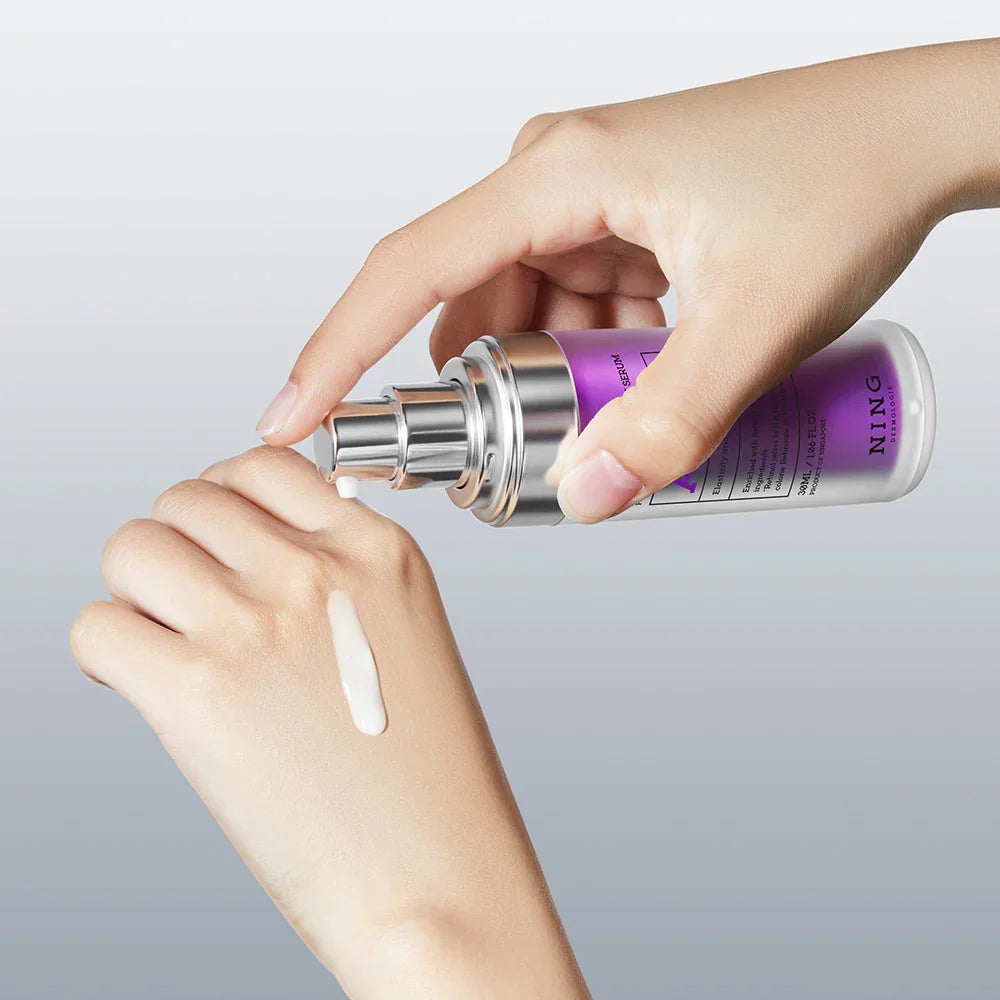

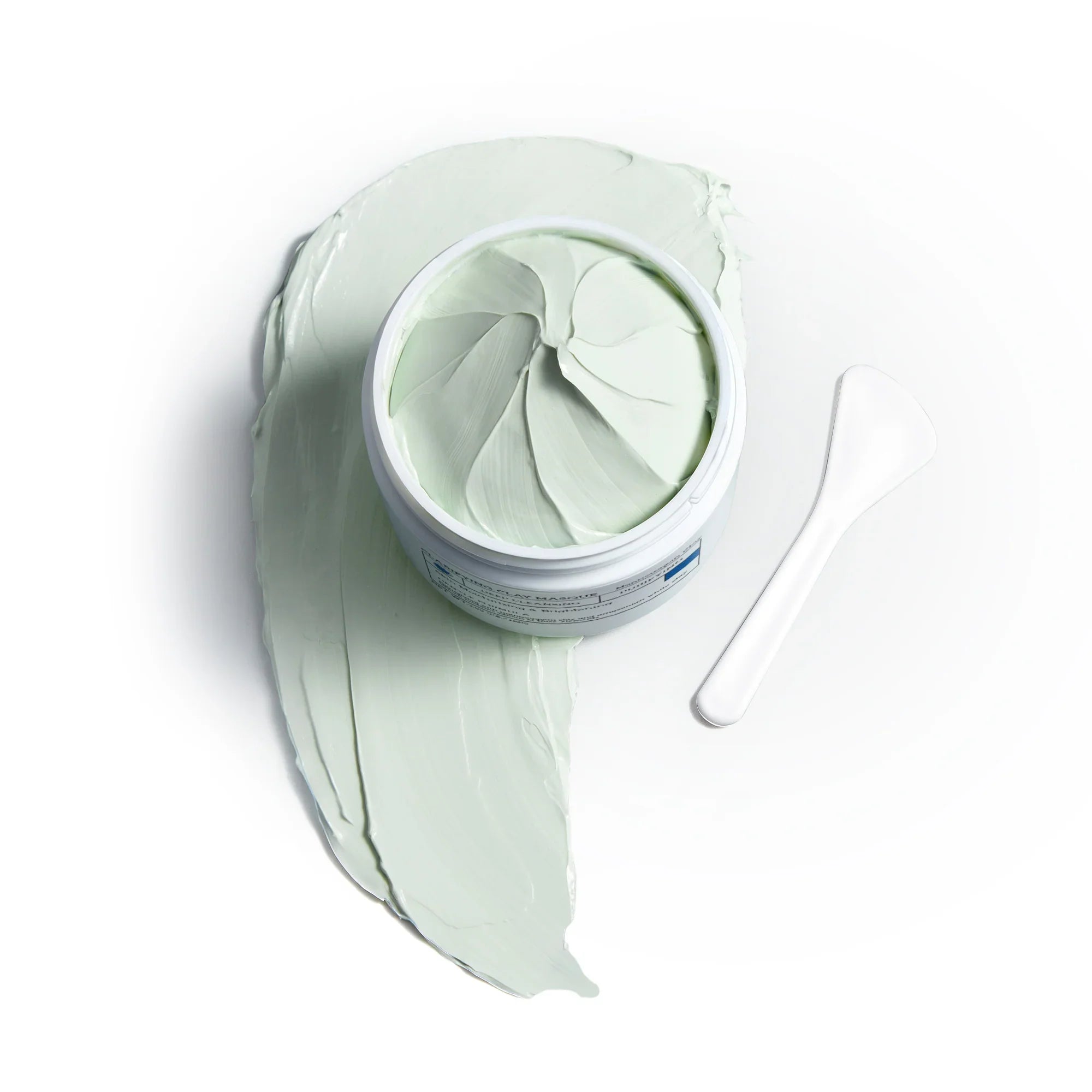

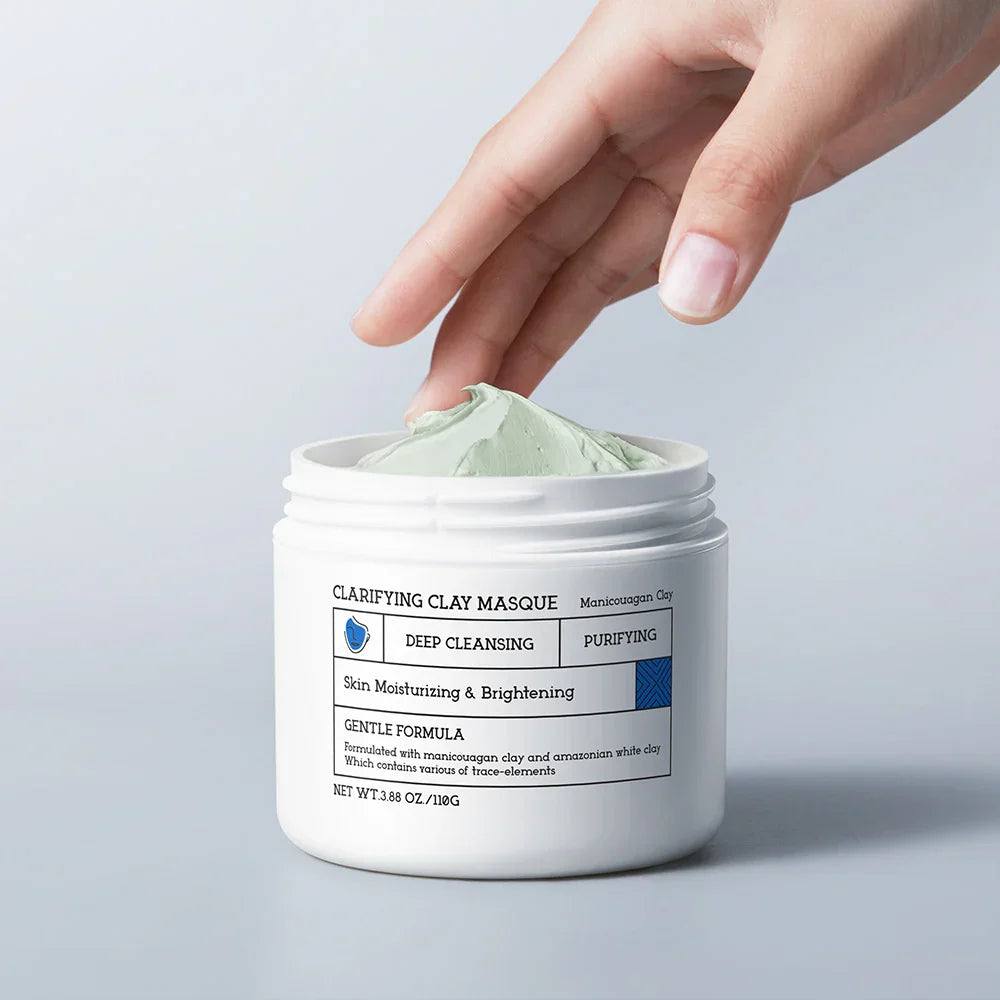
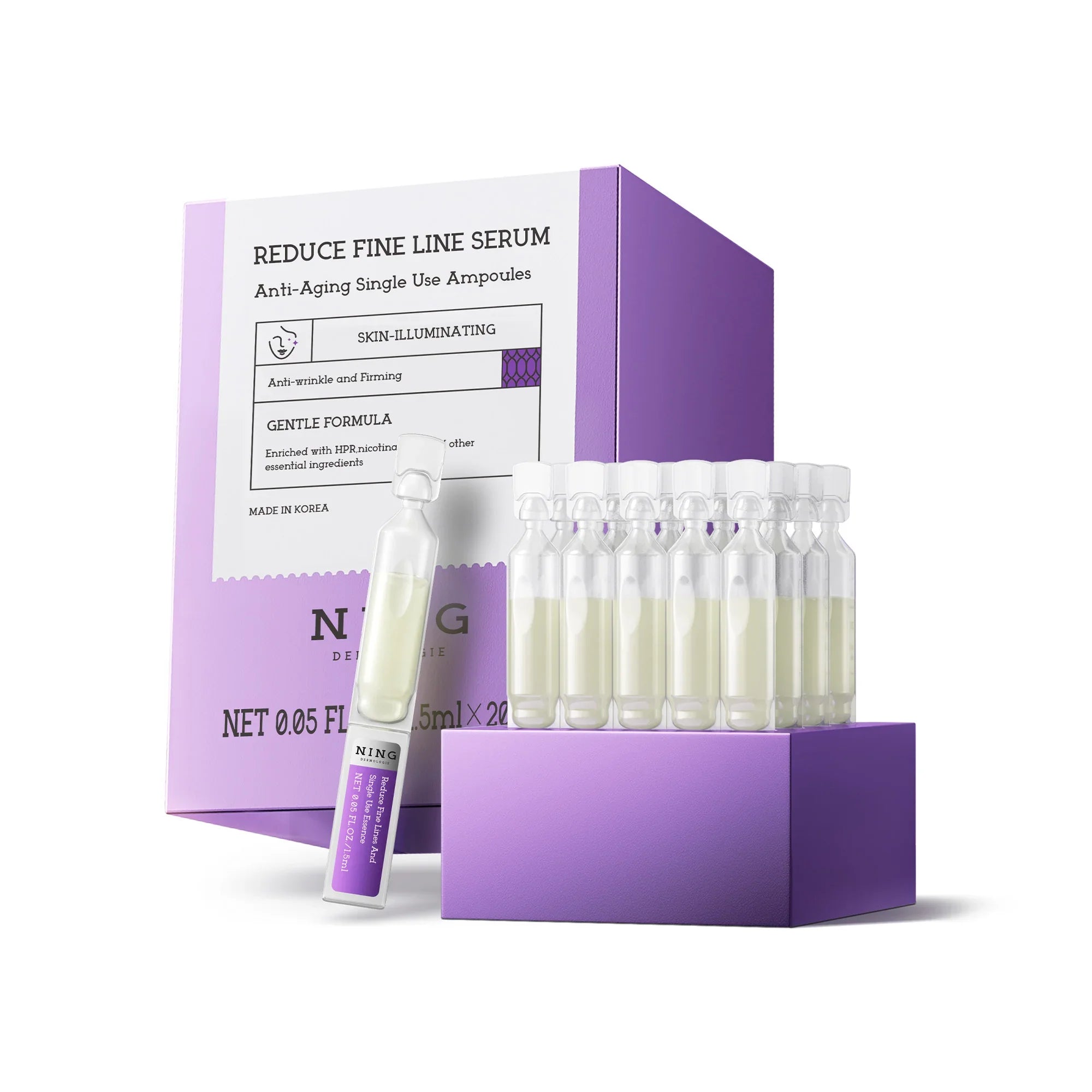
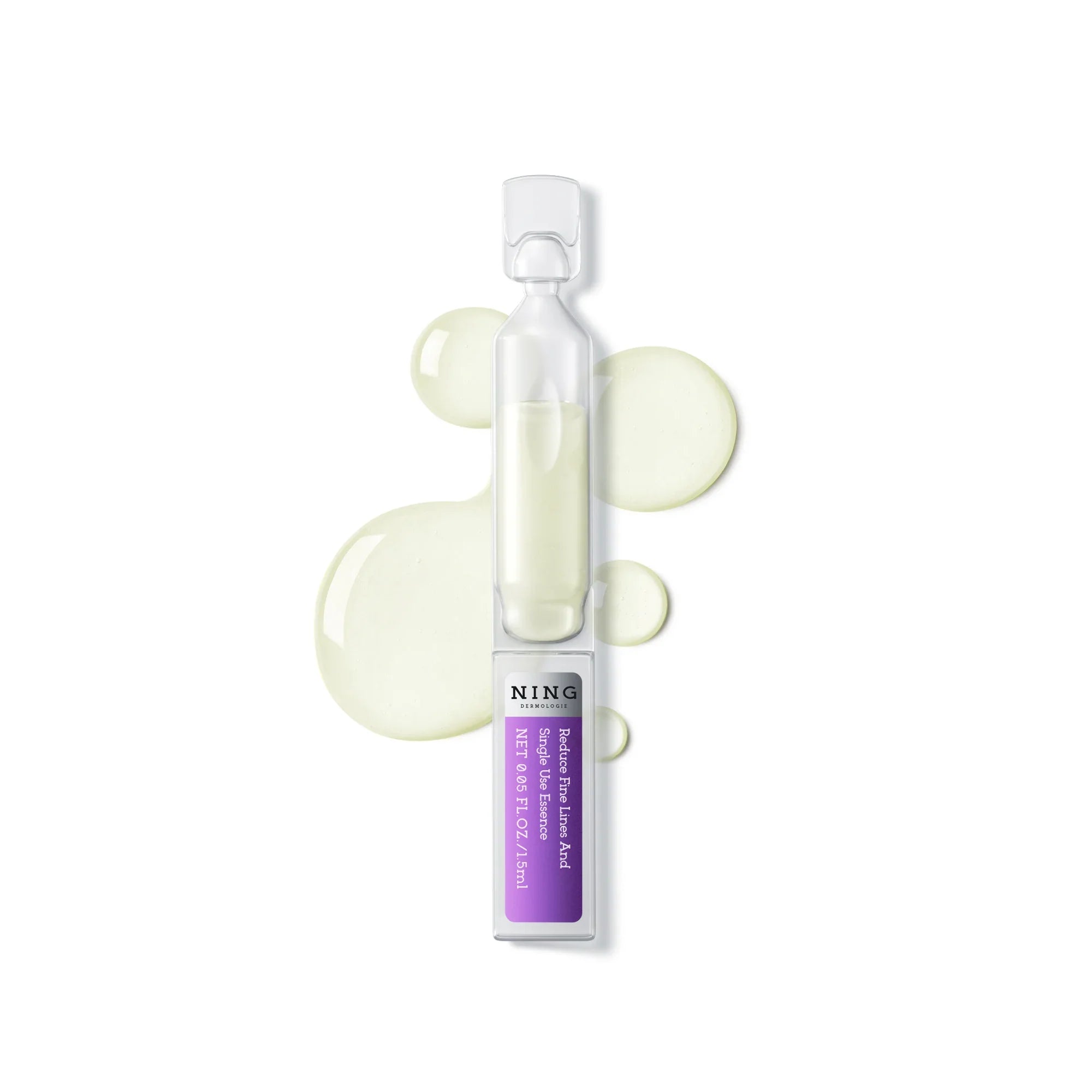

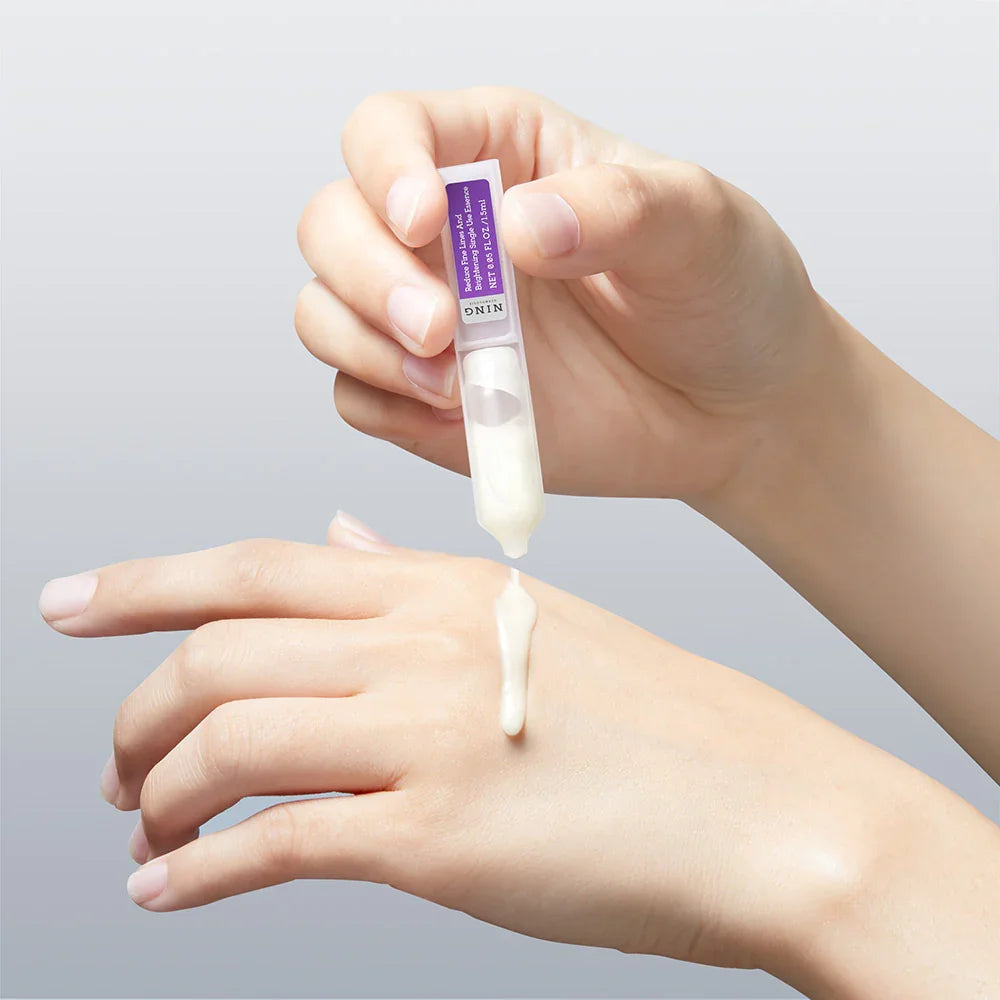
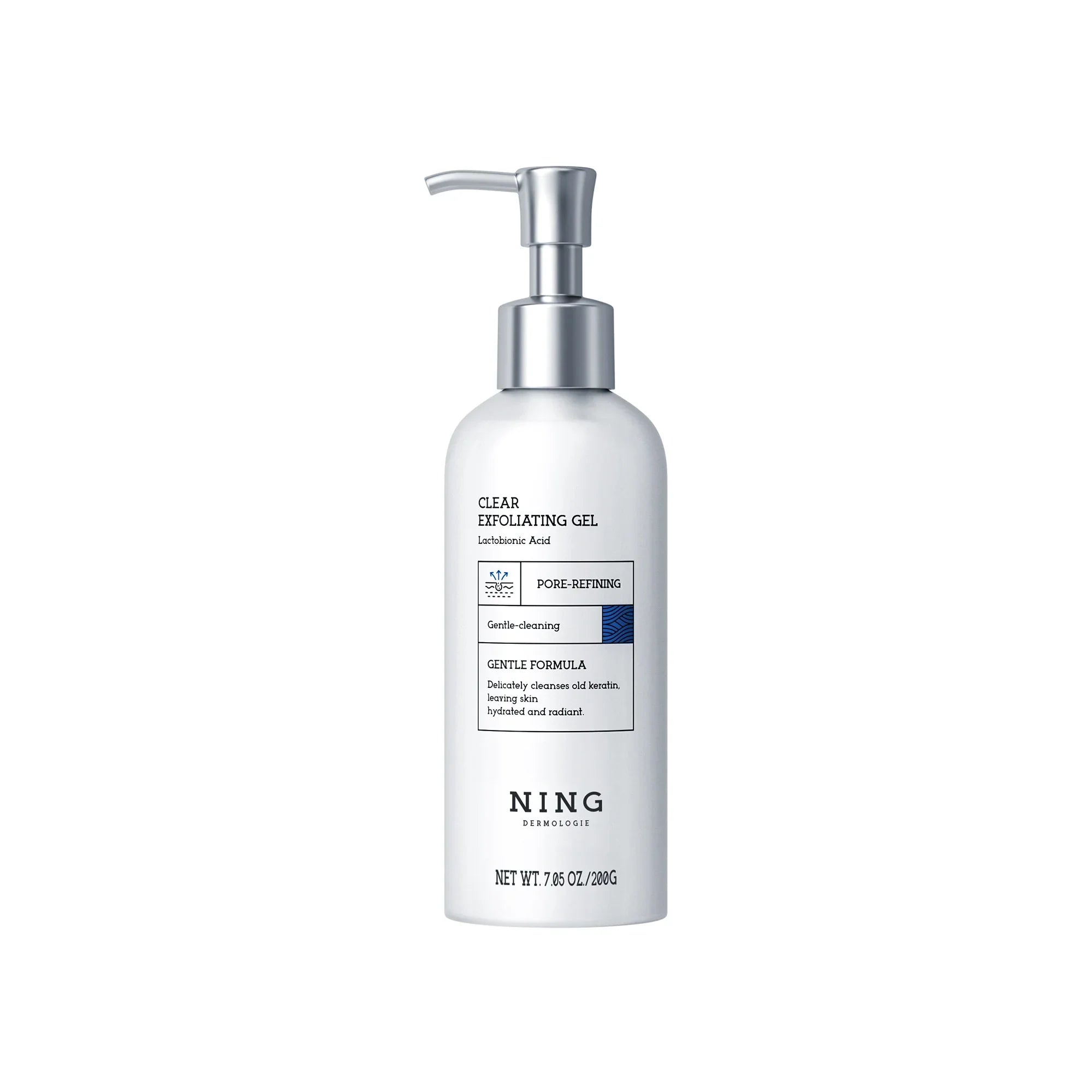
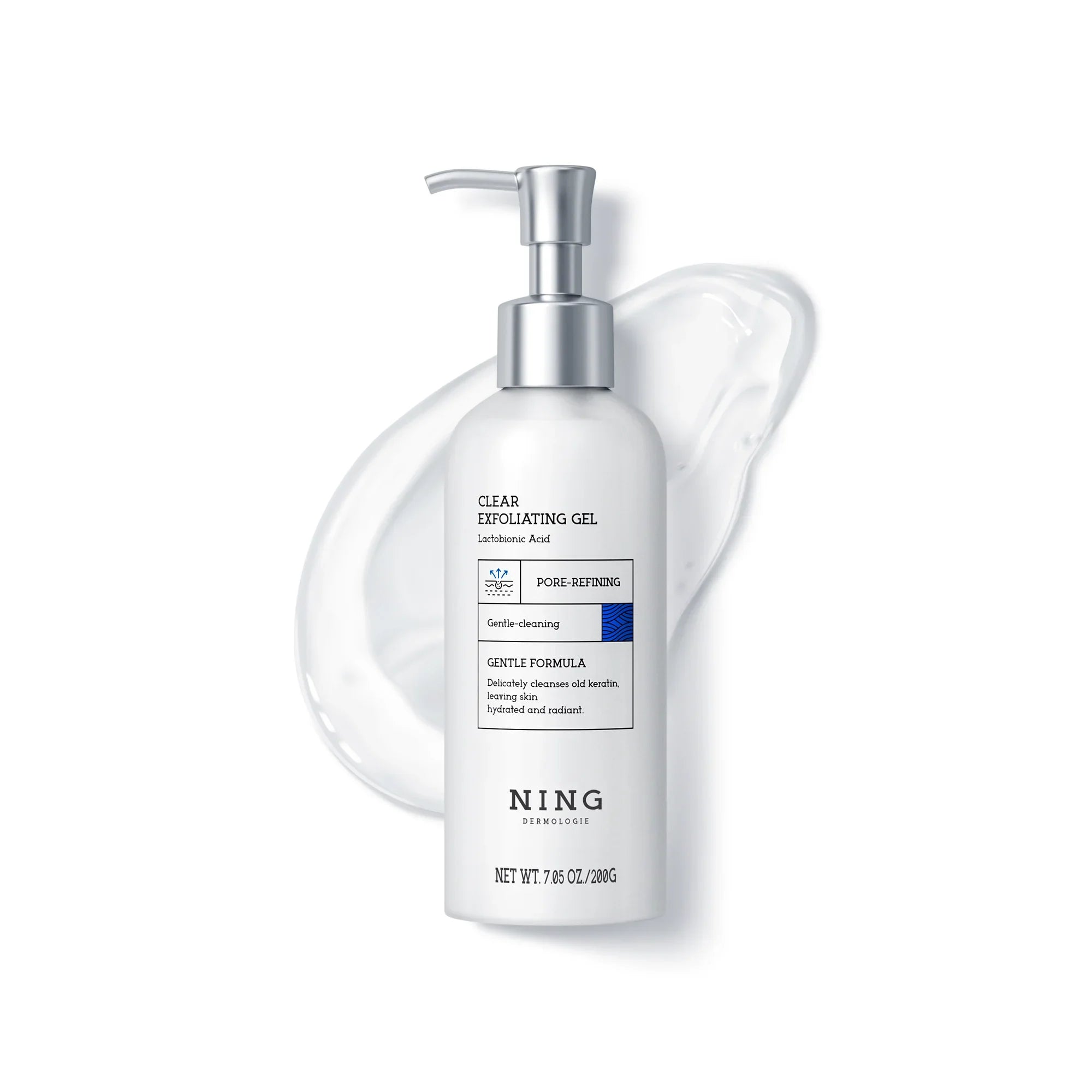
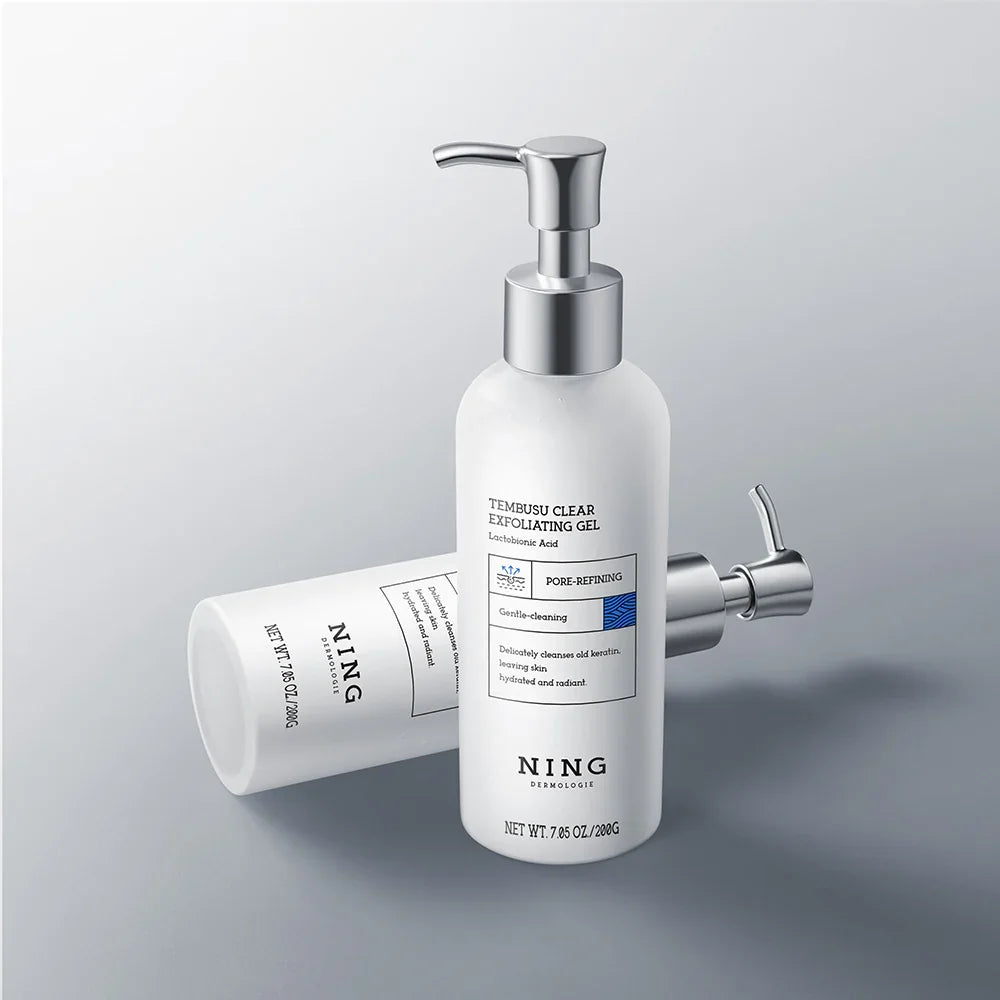
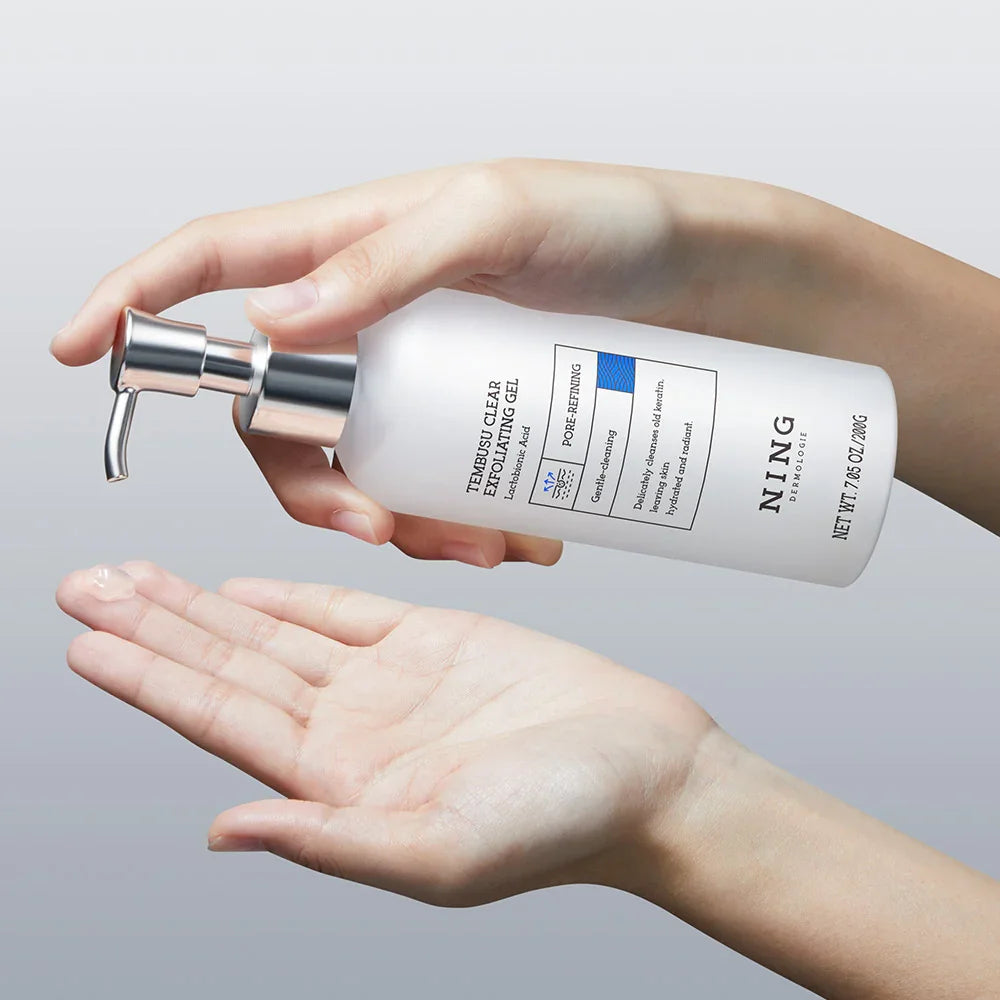
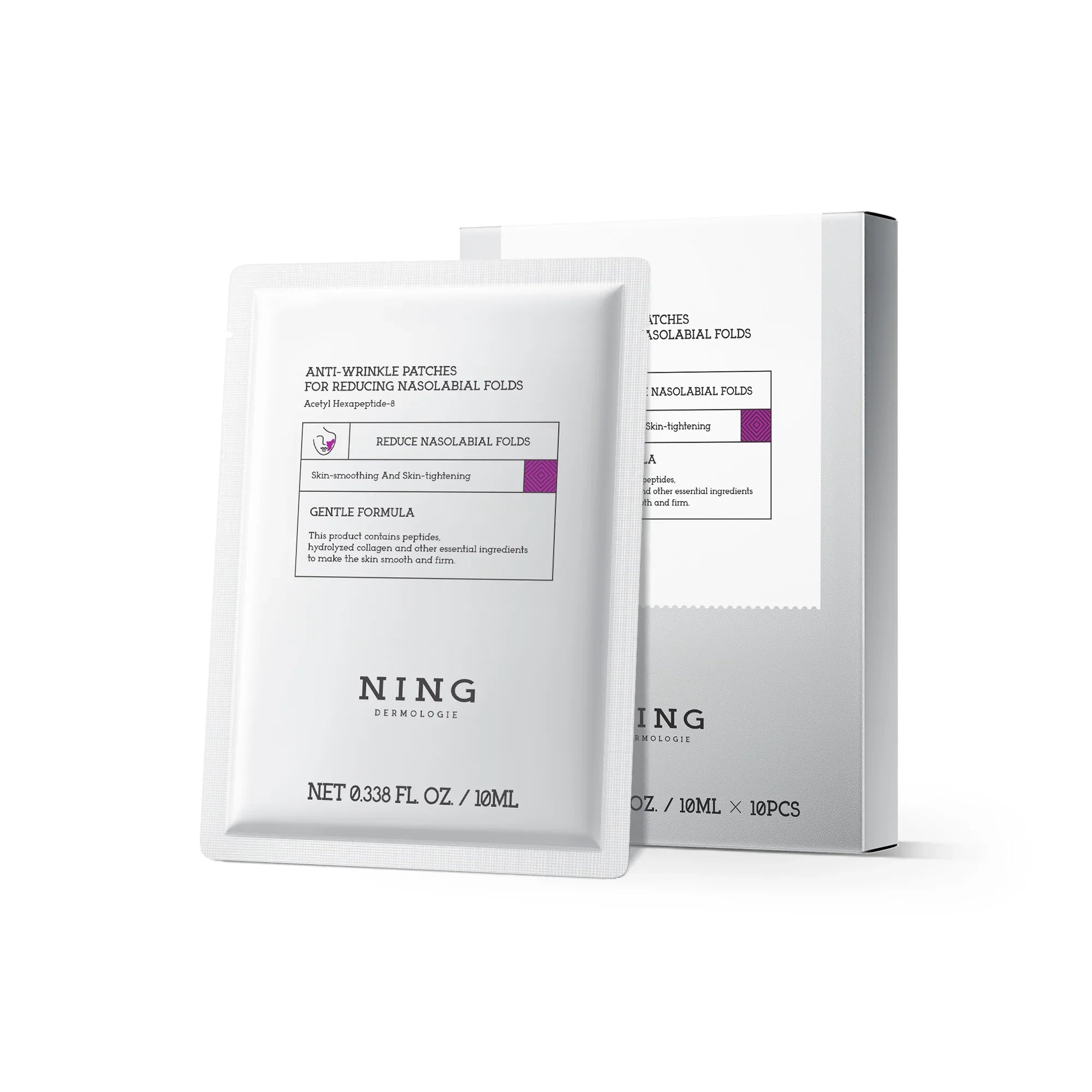
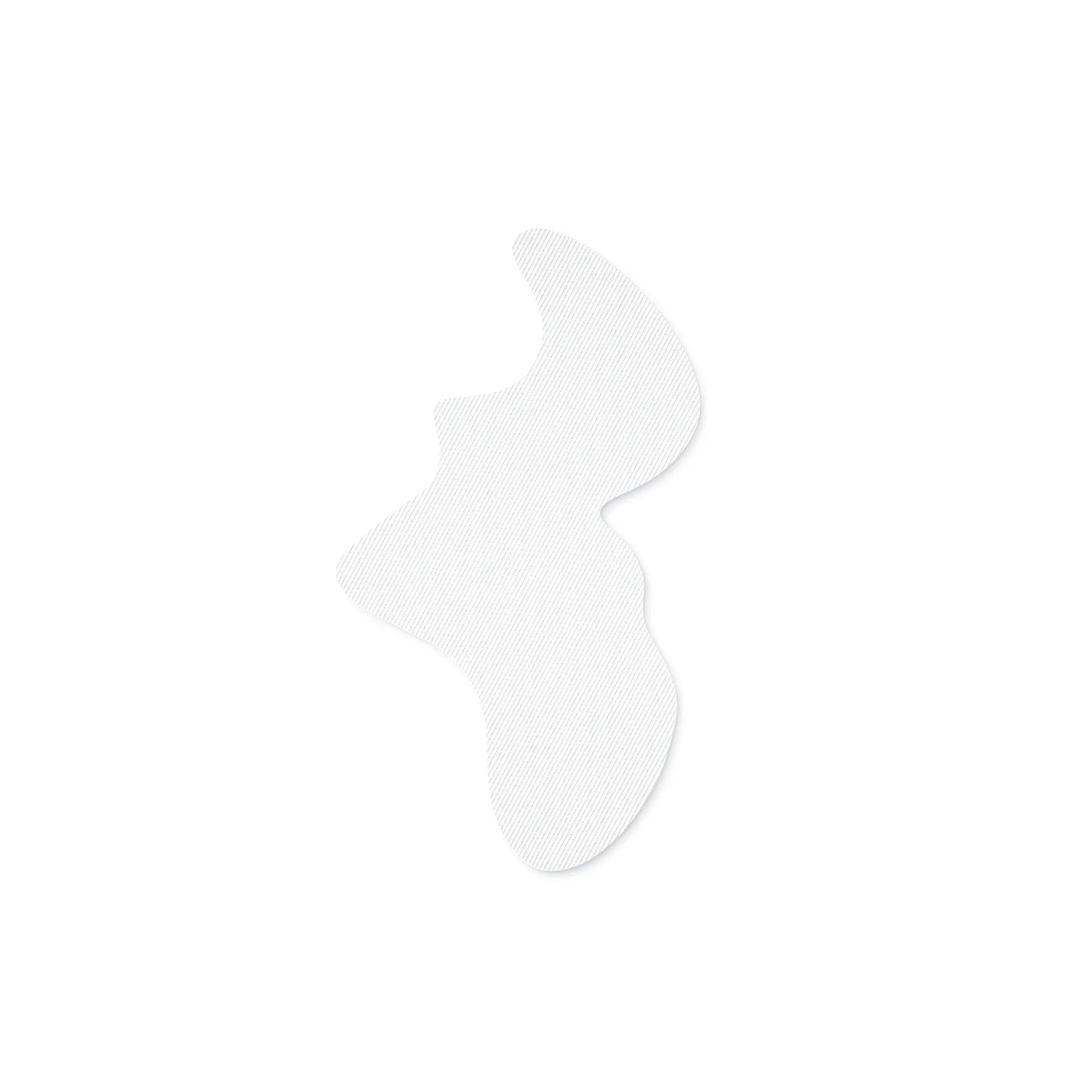
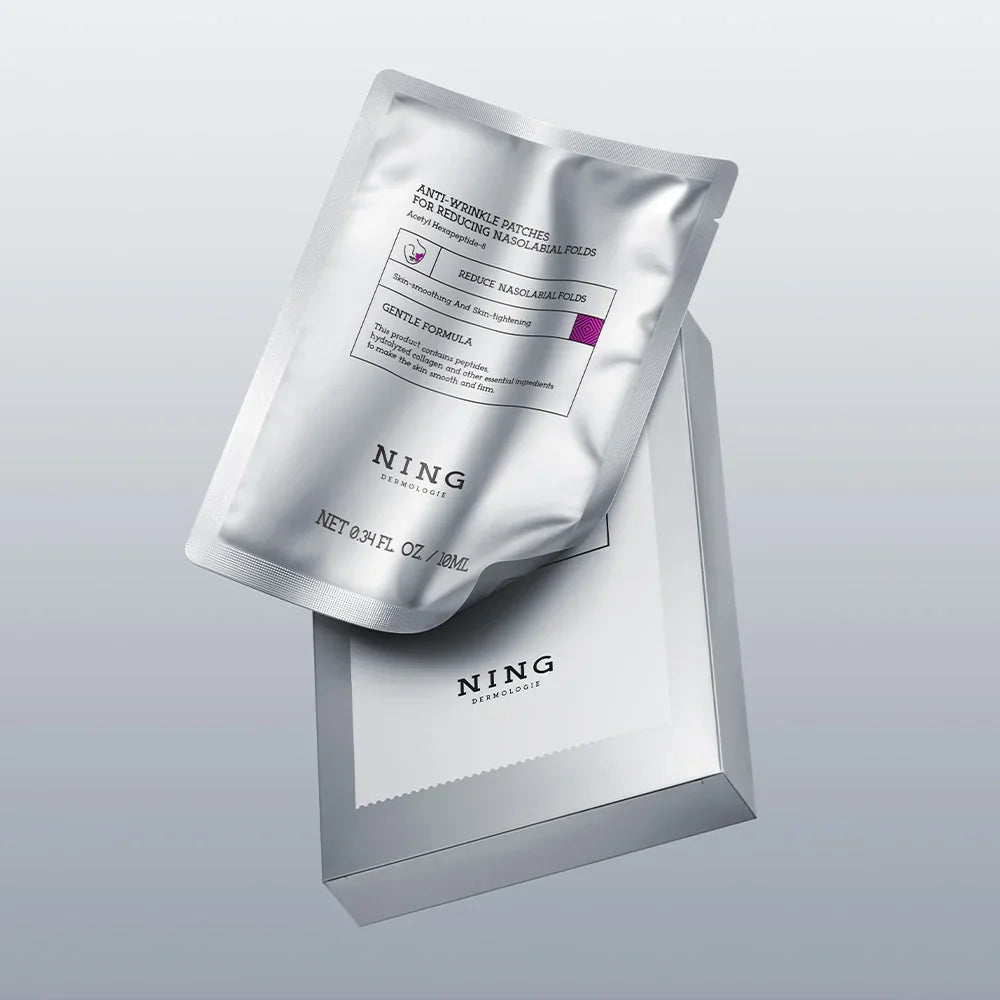
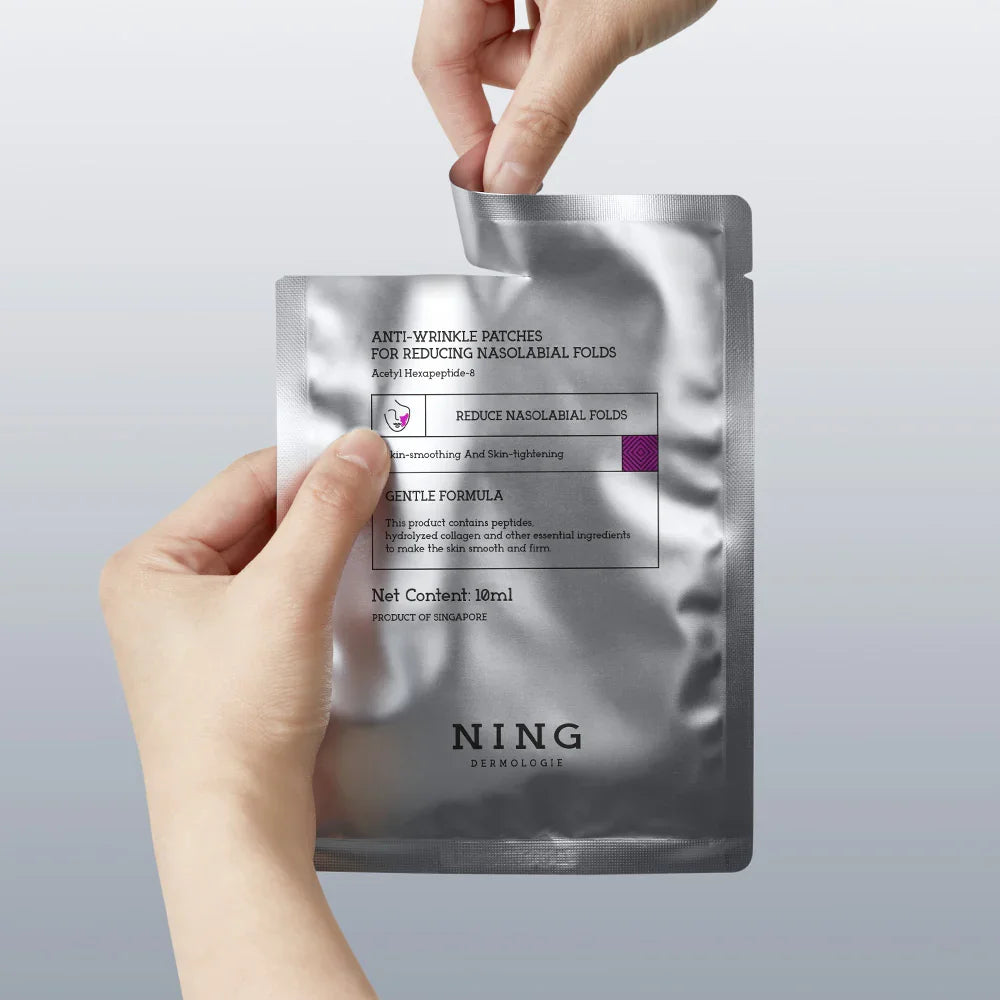
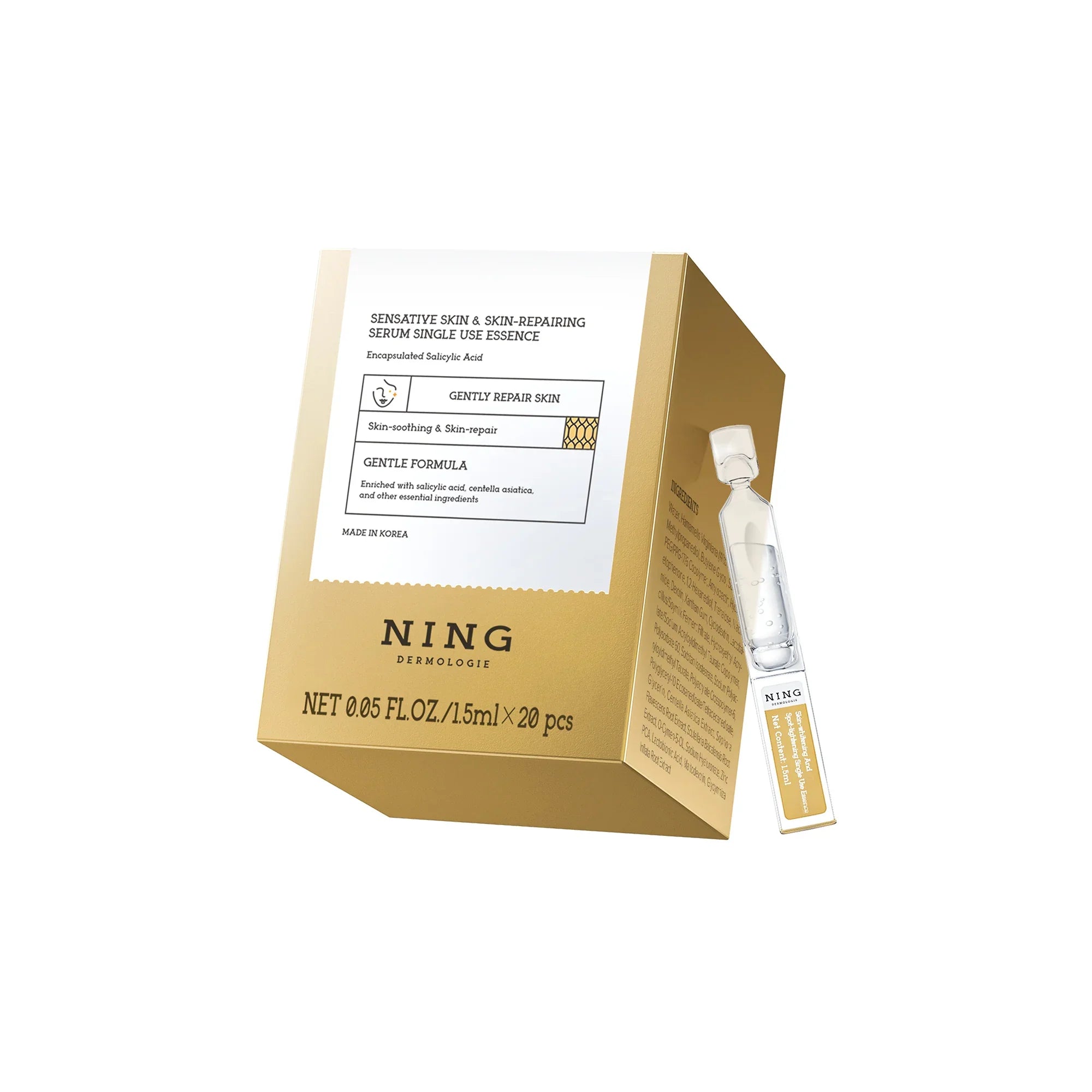
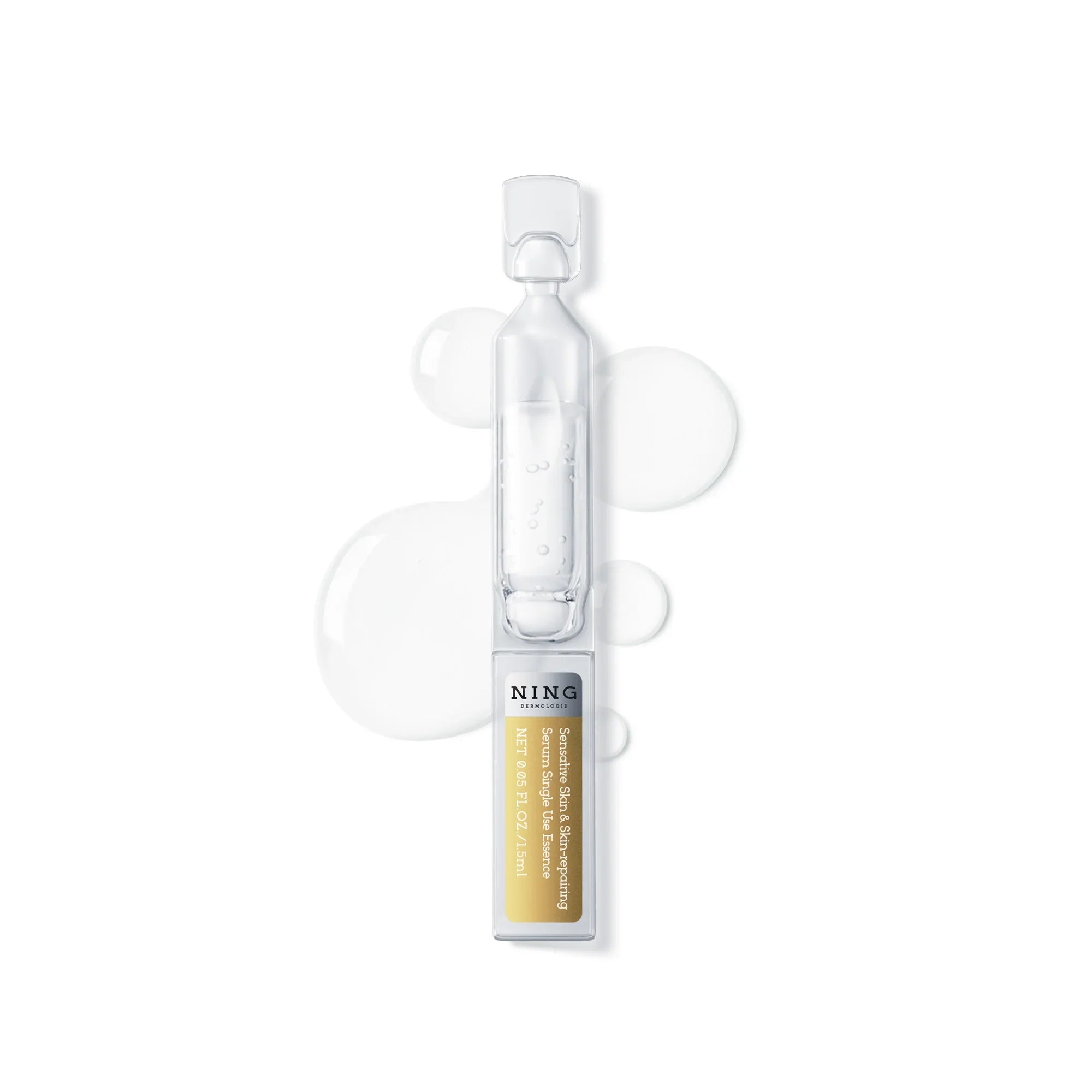
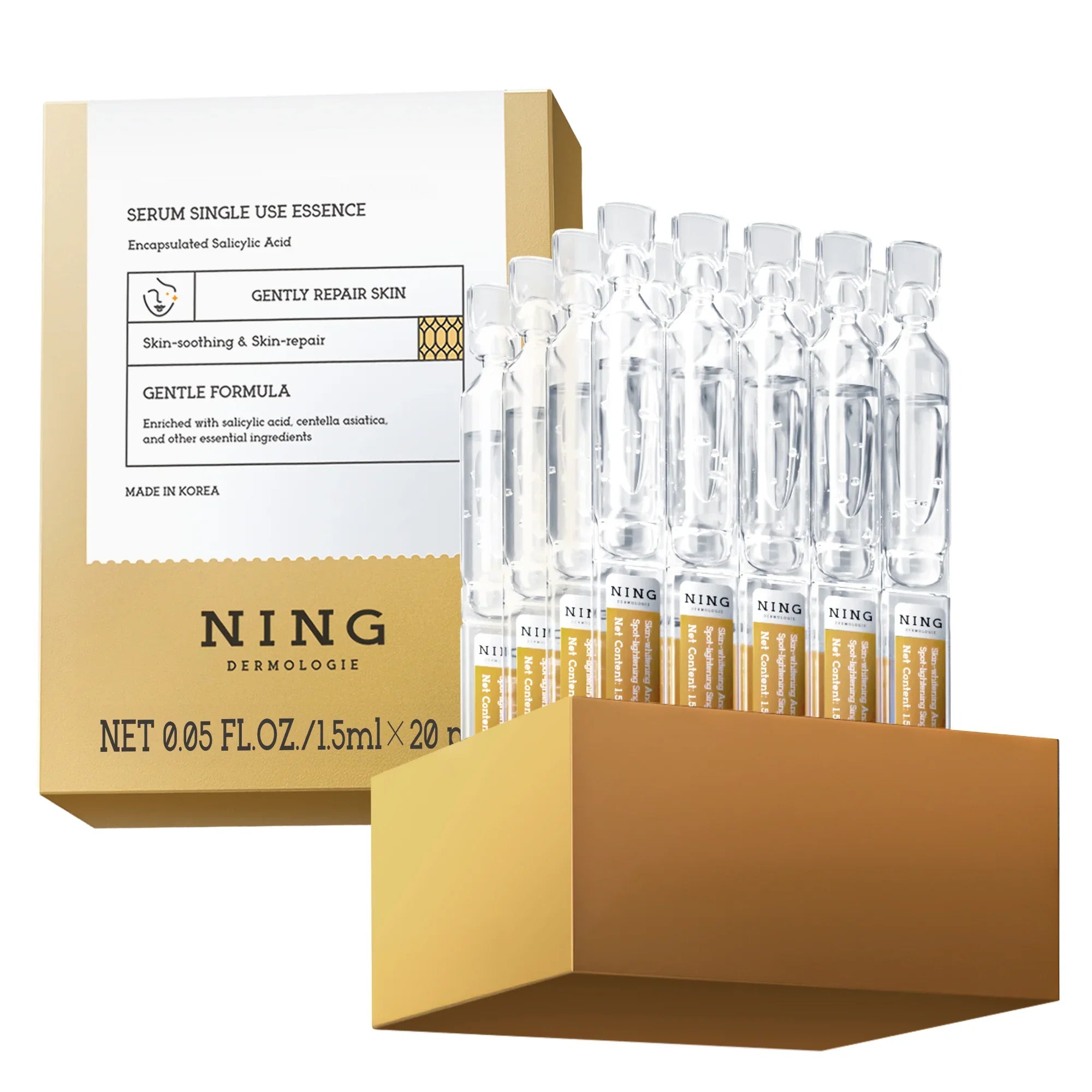

Share:
The Hunt for the Best Affordable Skin Care Sets: My Journey to Truly Radiant Skin
"Which Vitamin C Serum Is Best for Your Face?" An Honest, No-Hype Guide